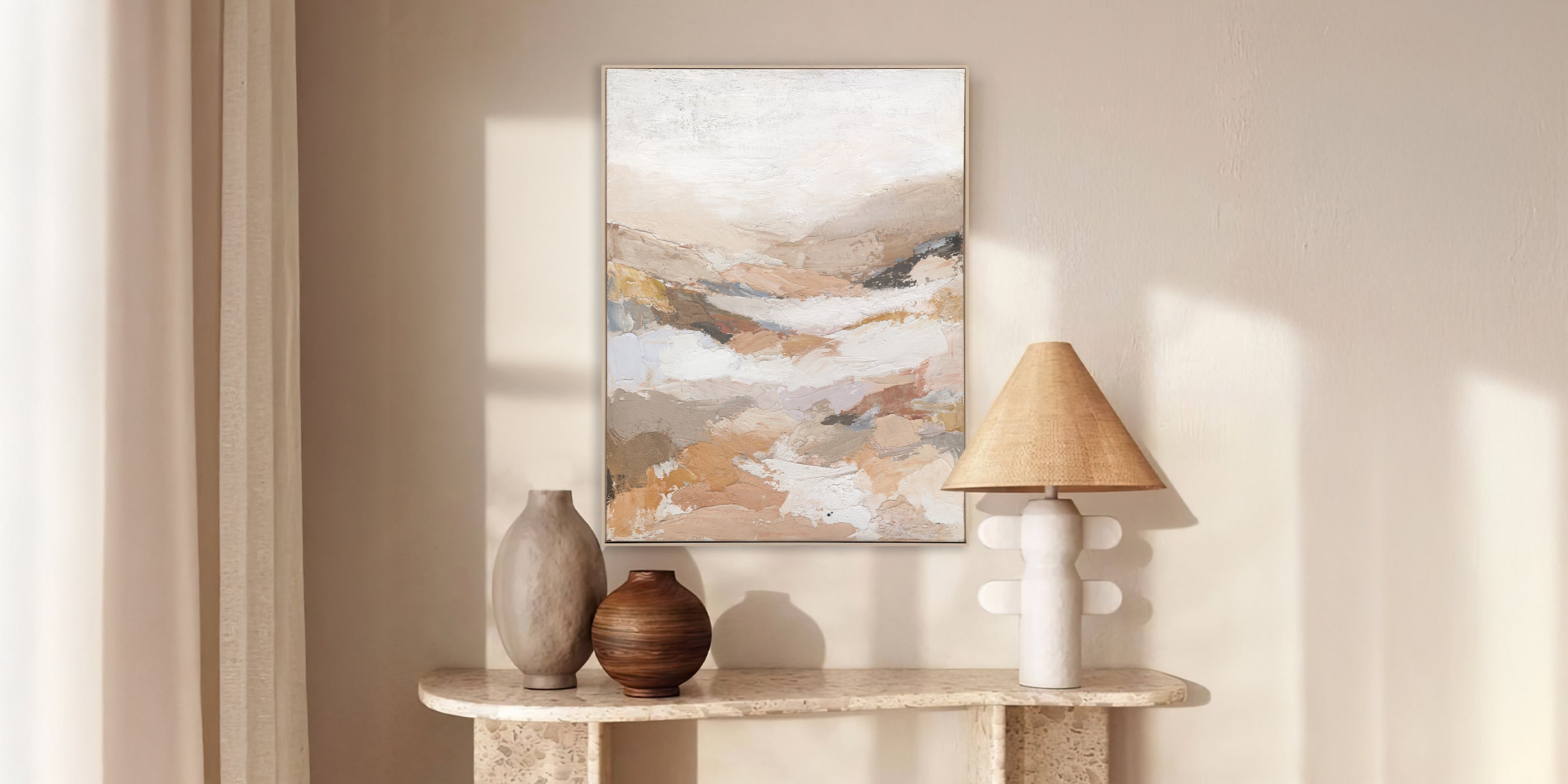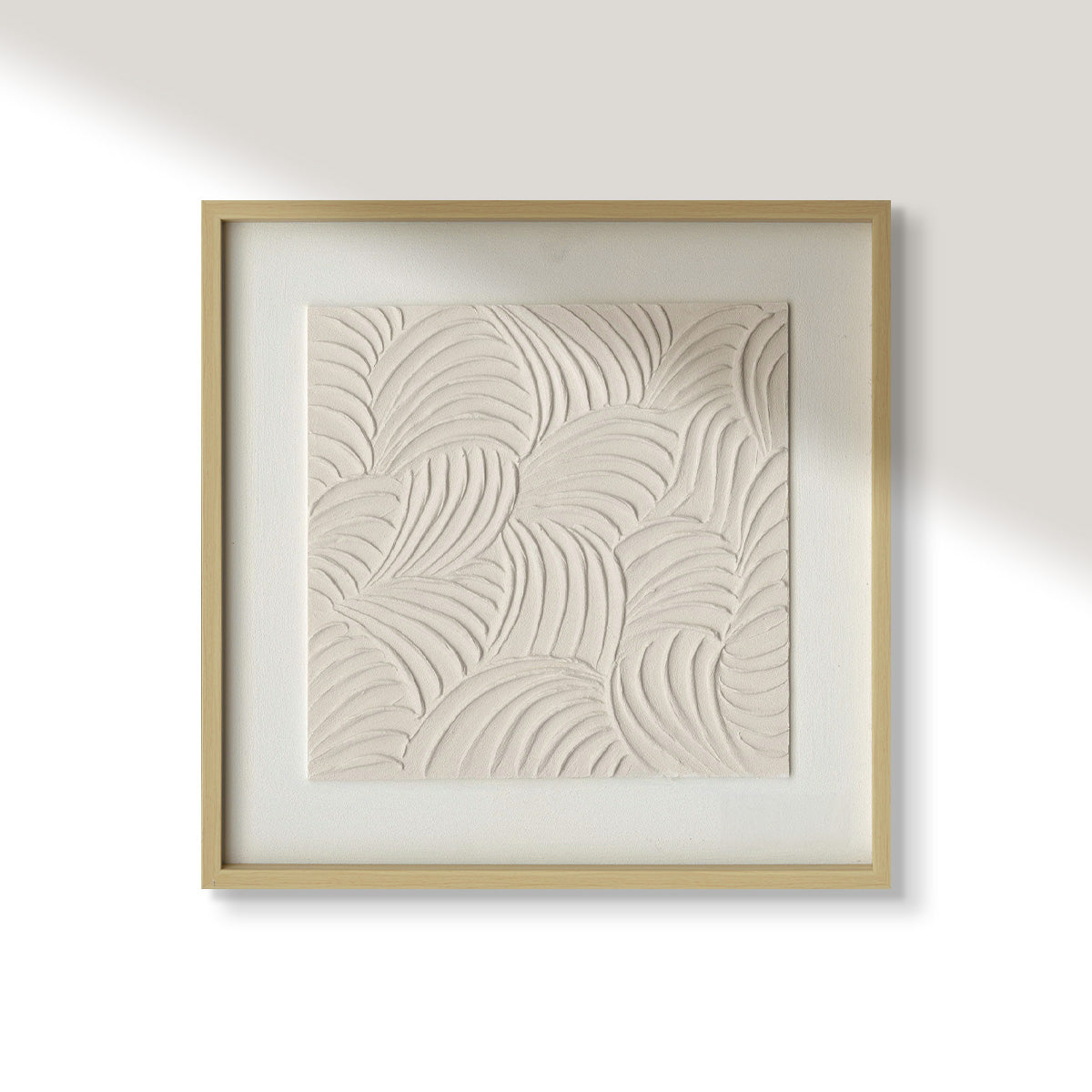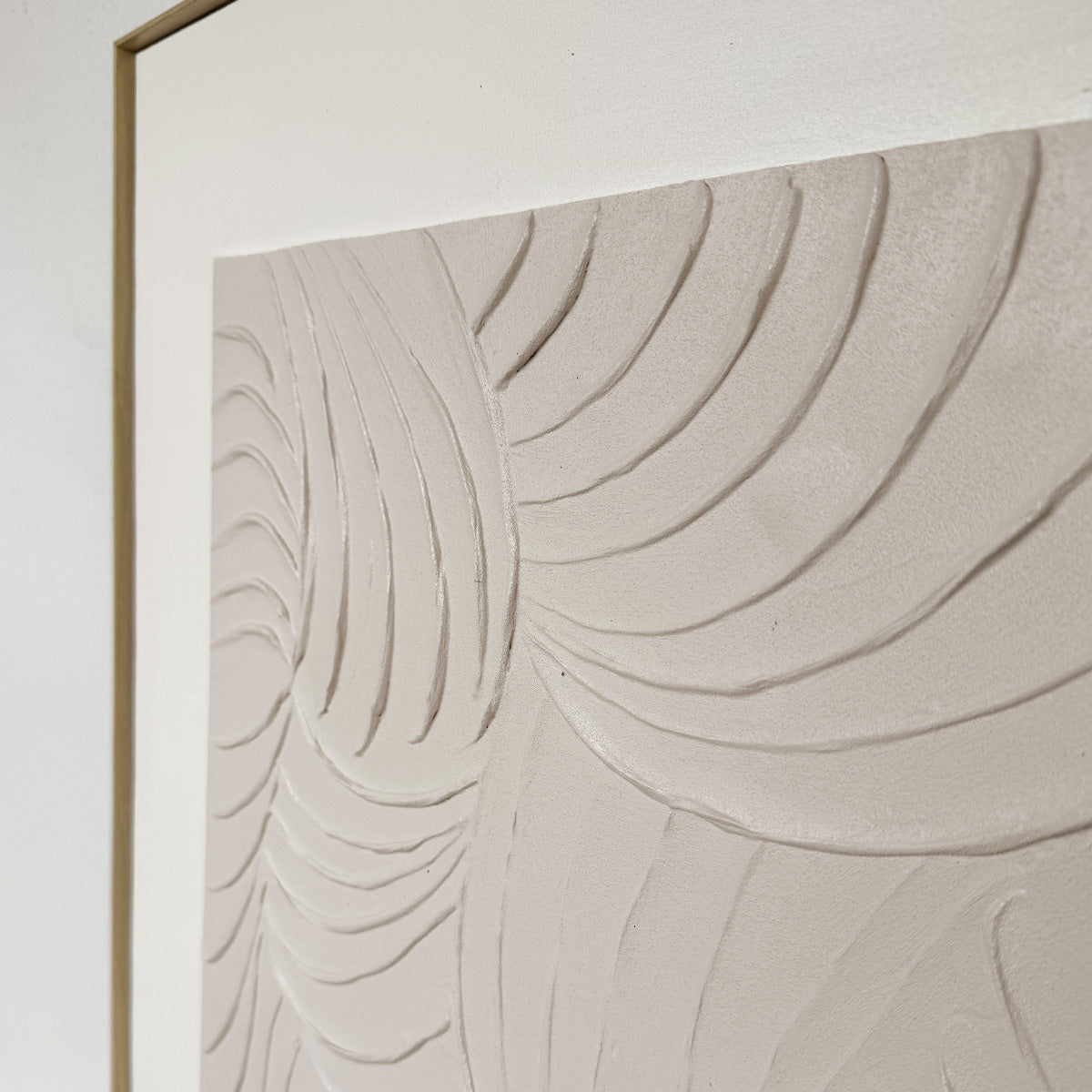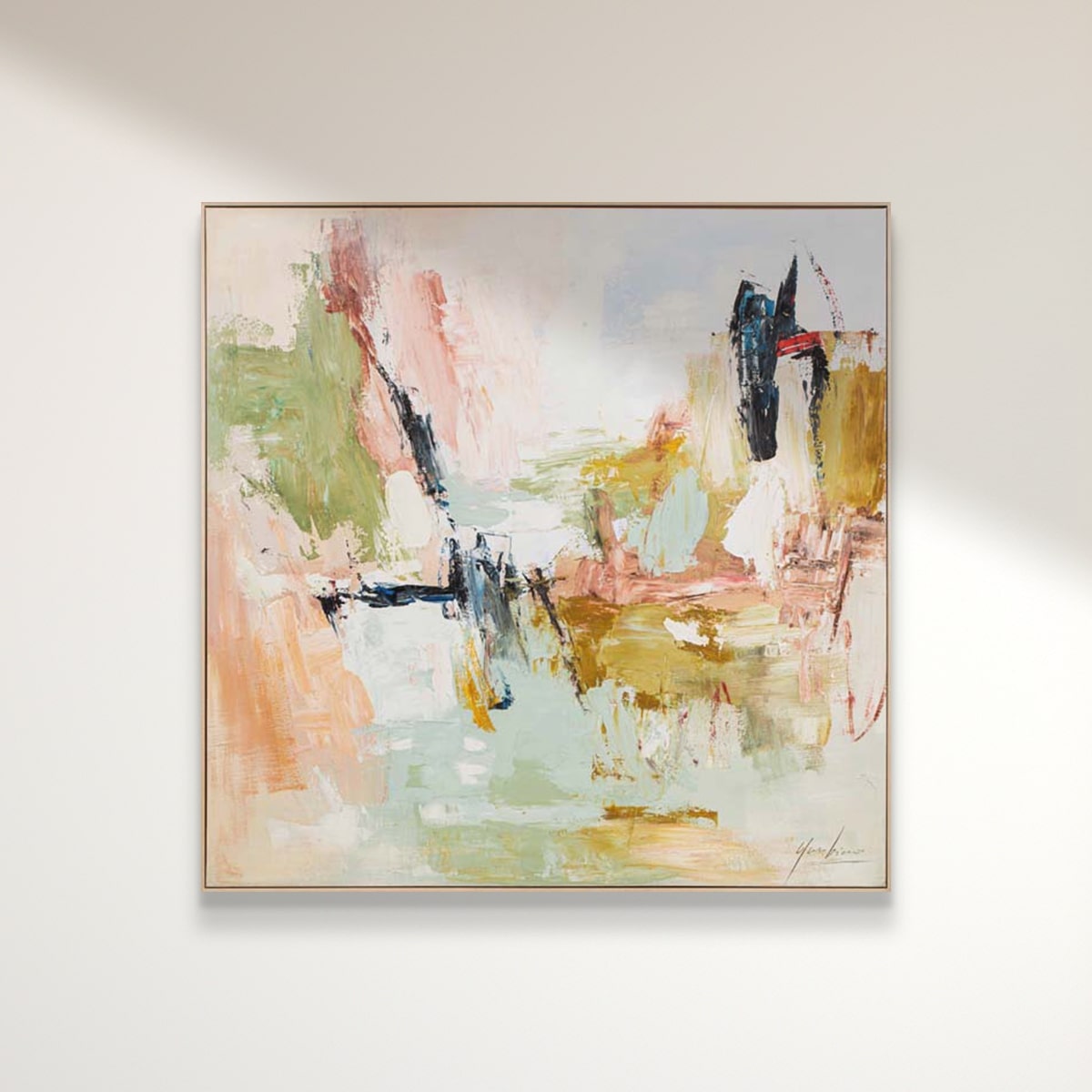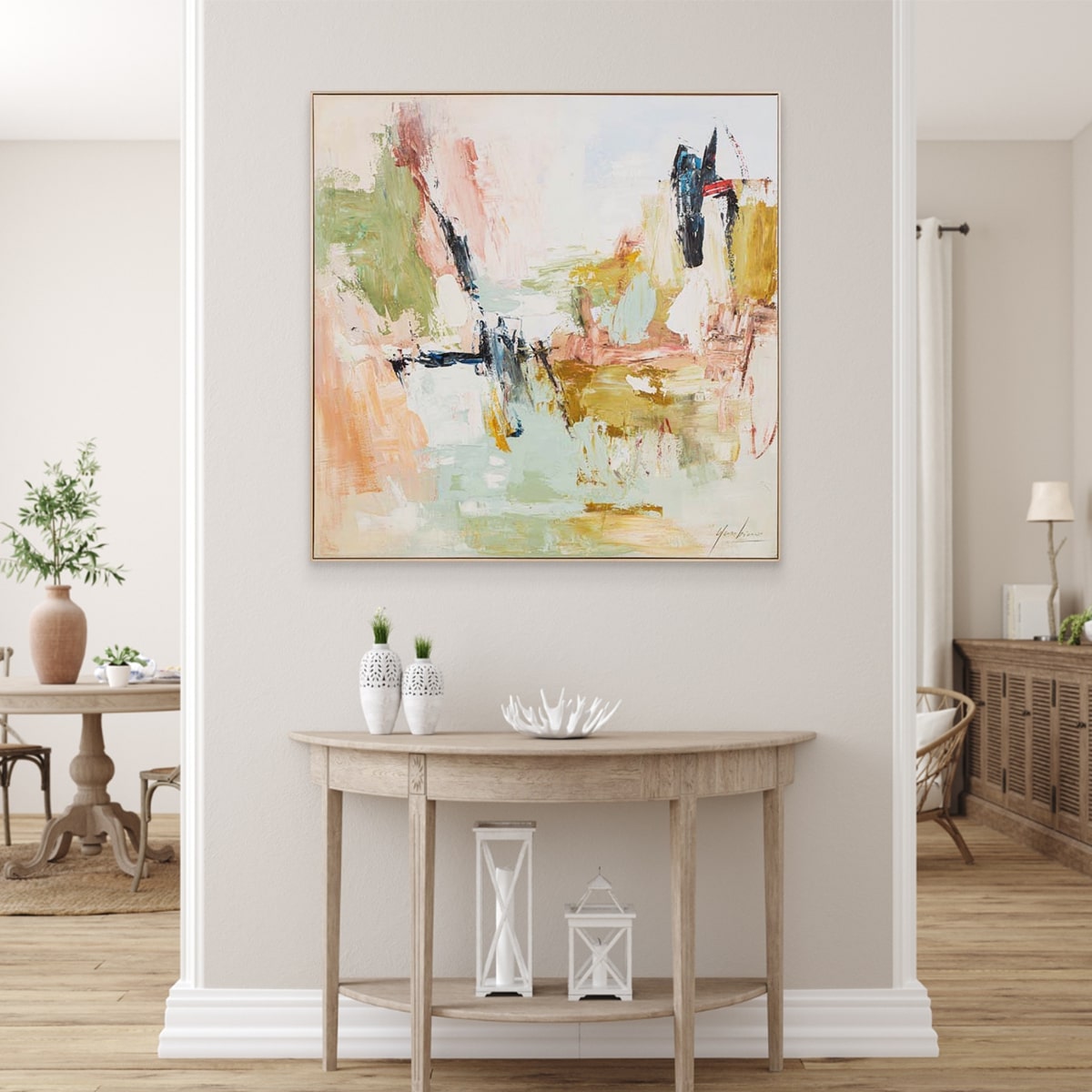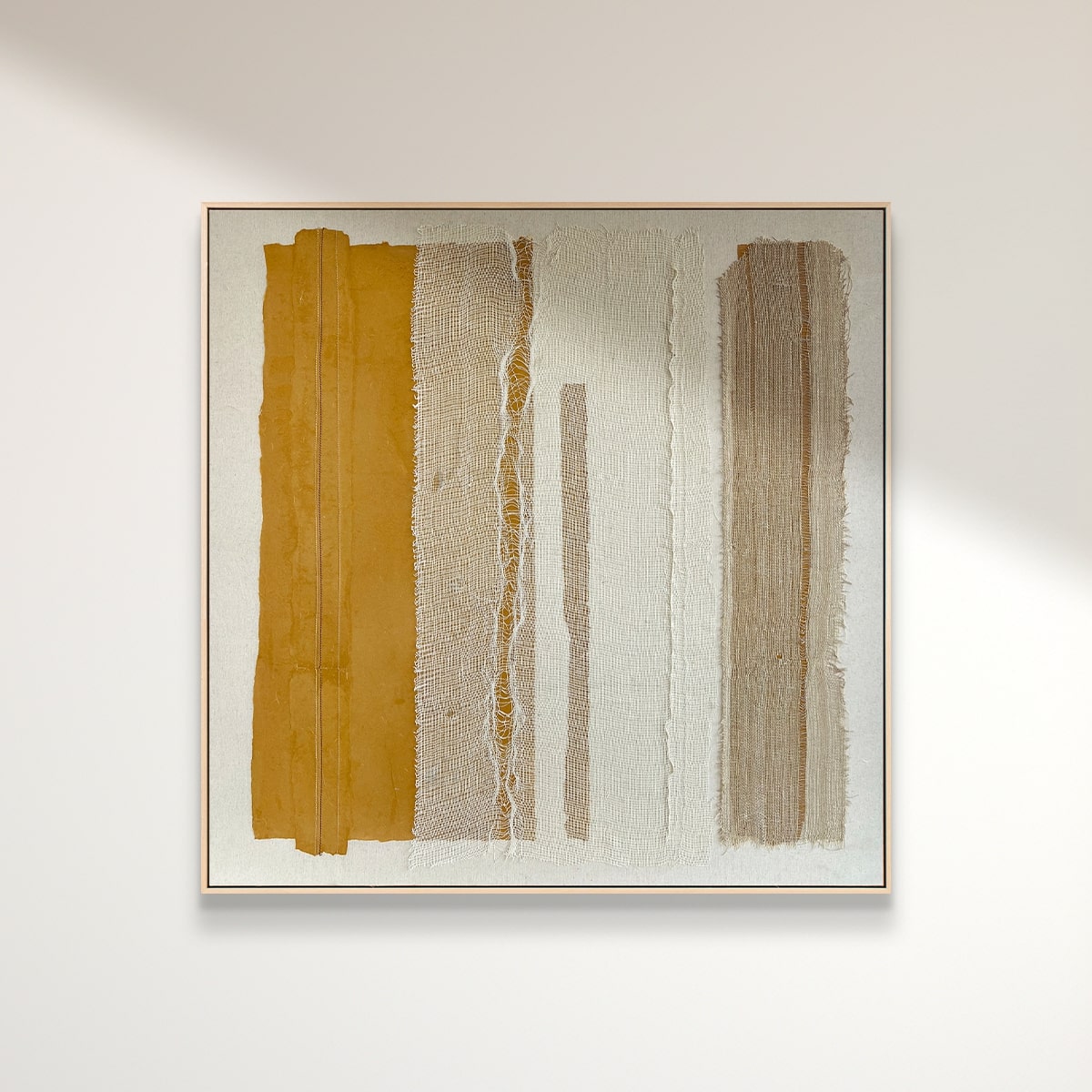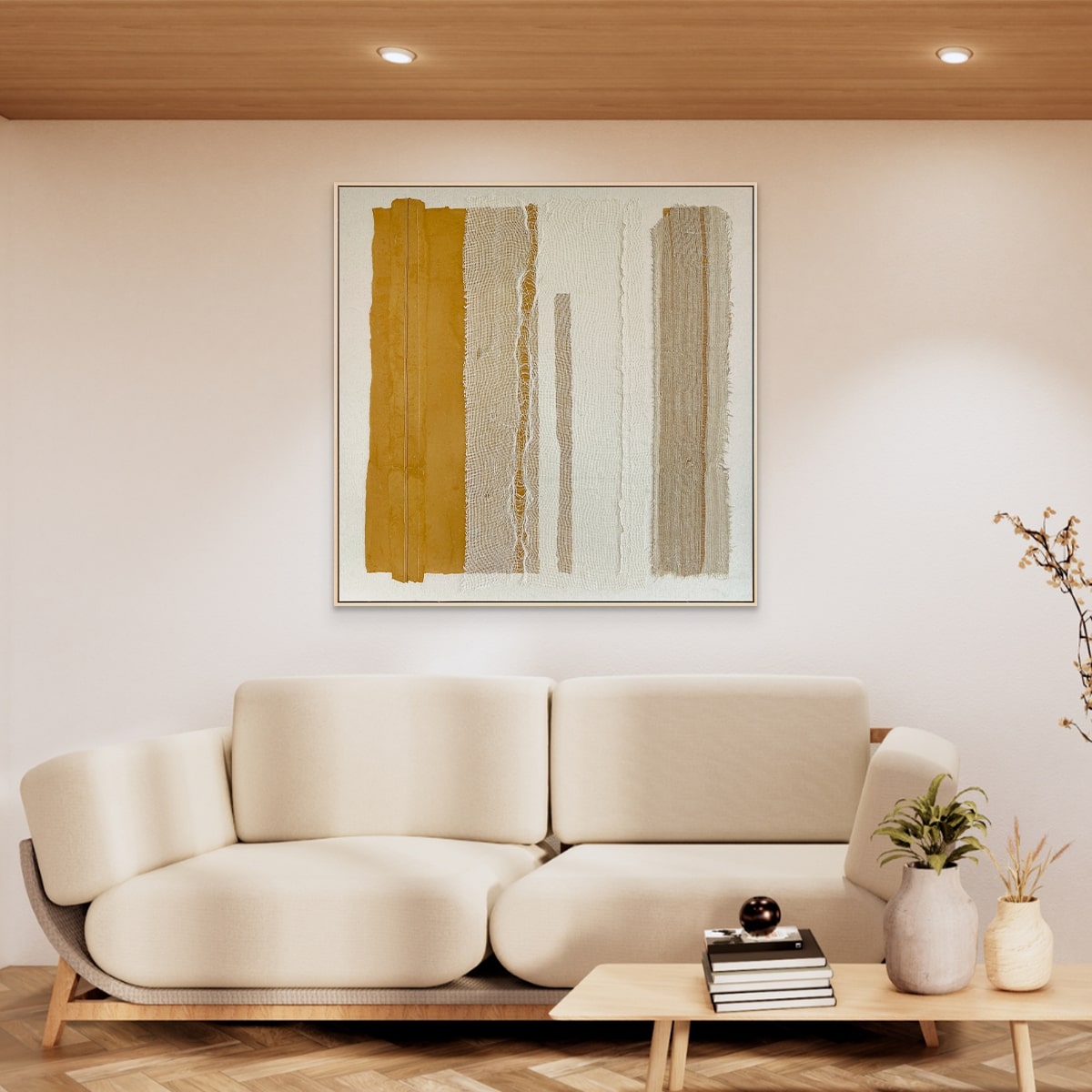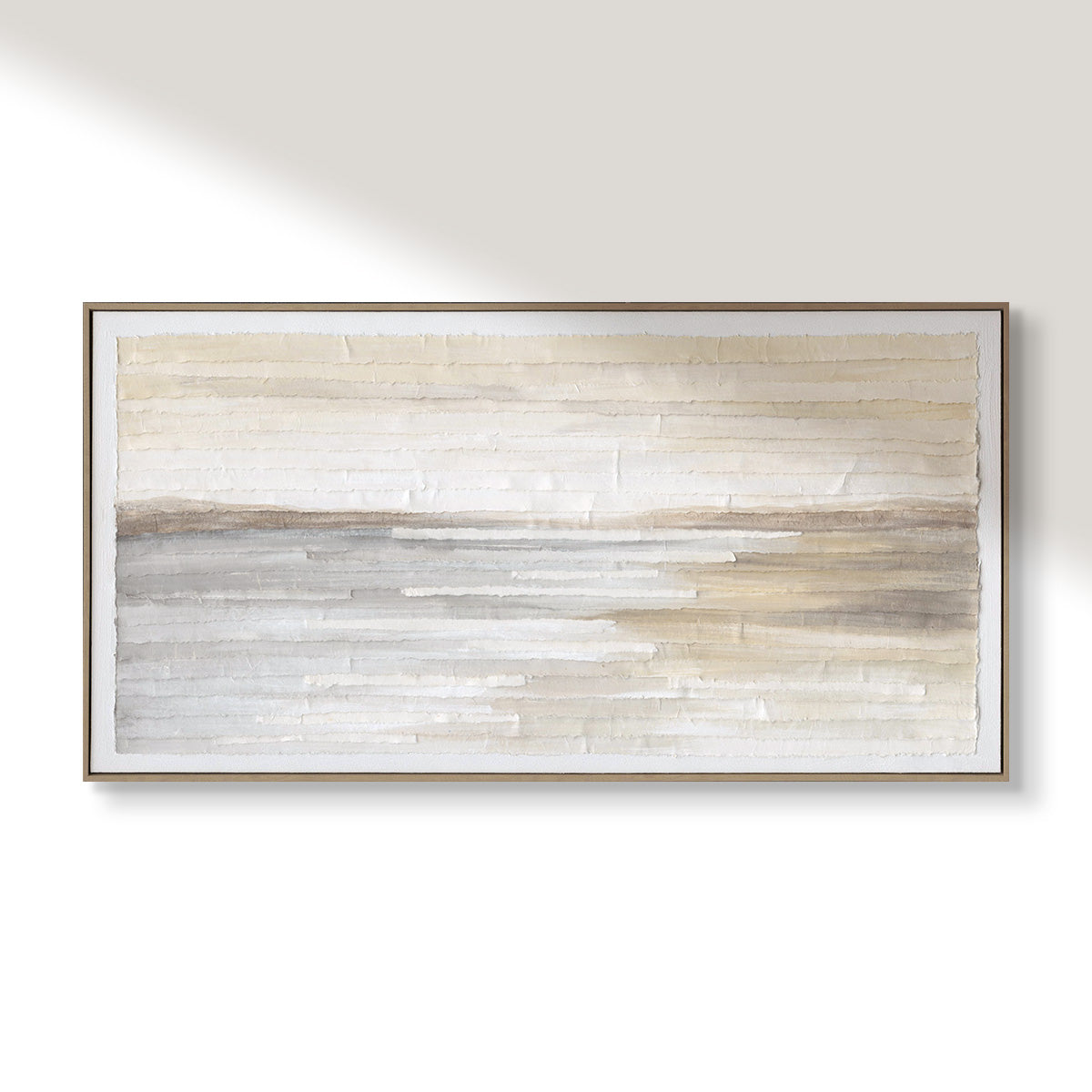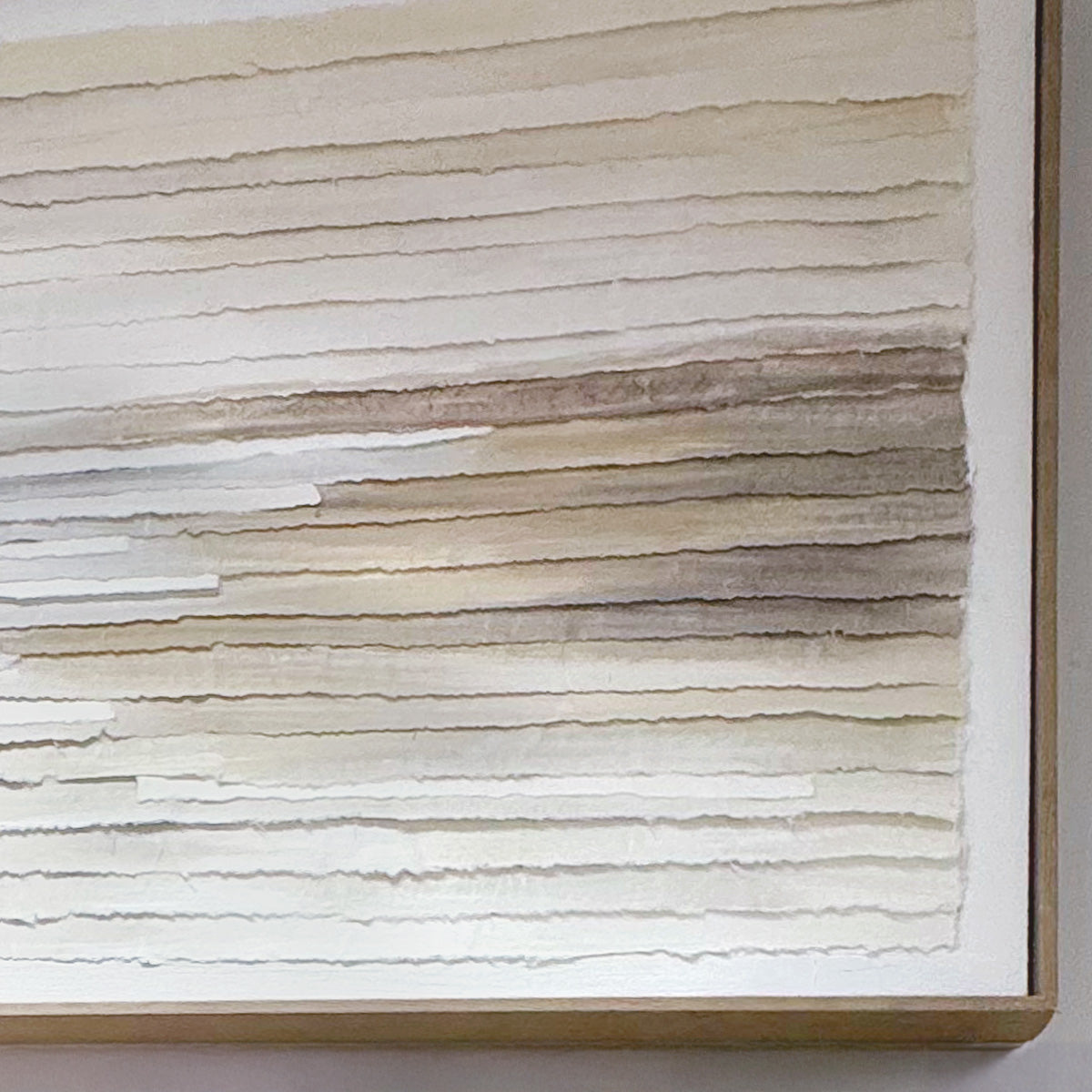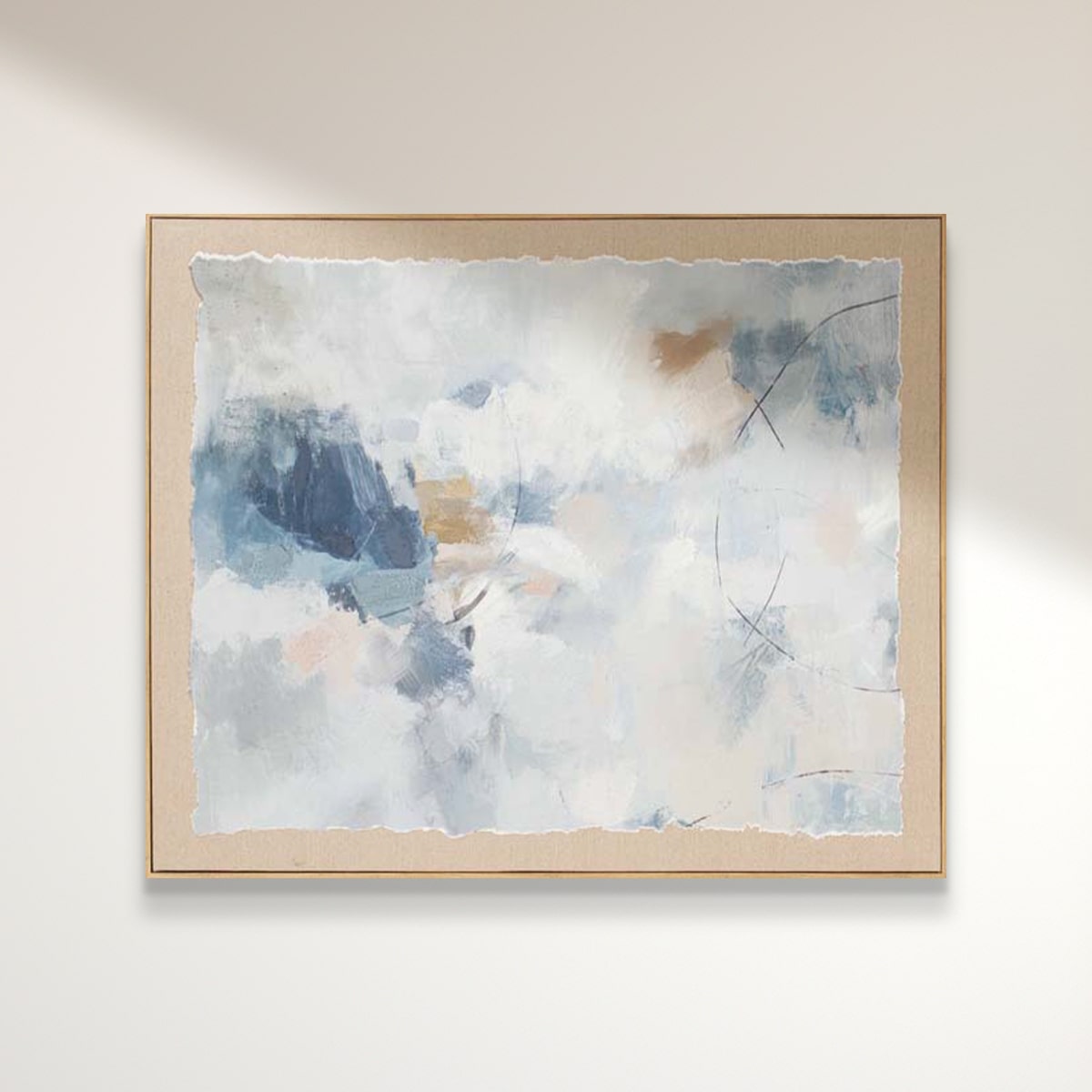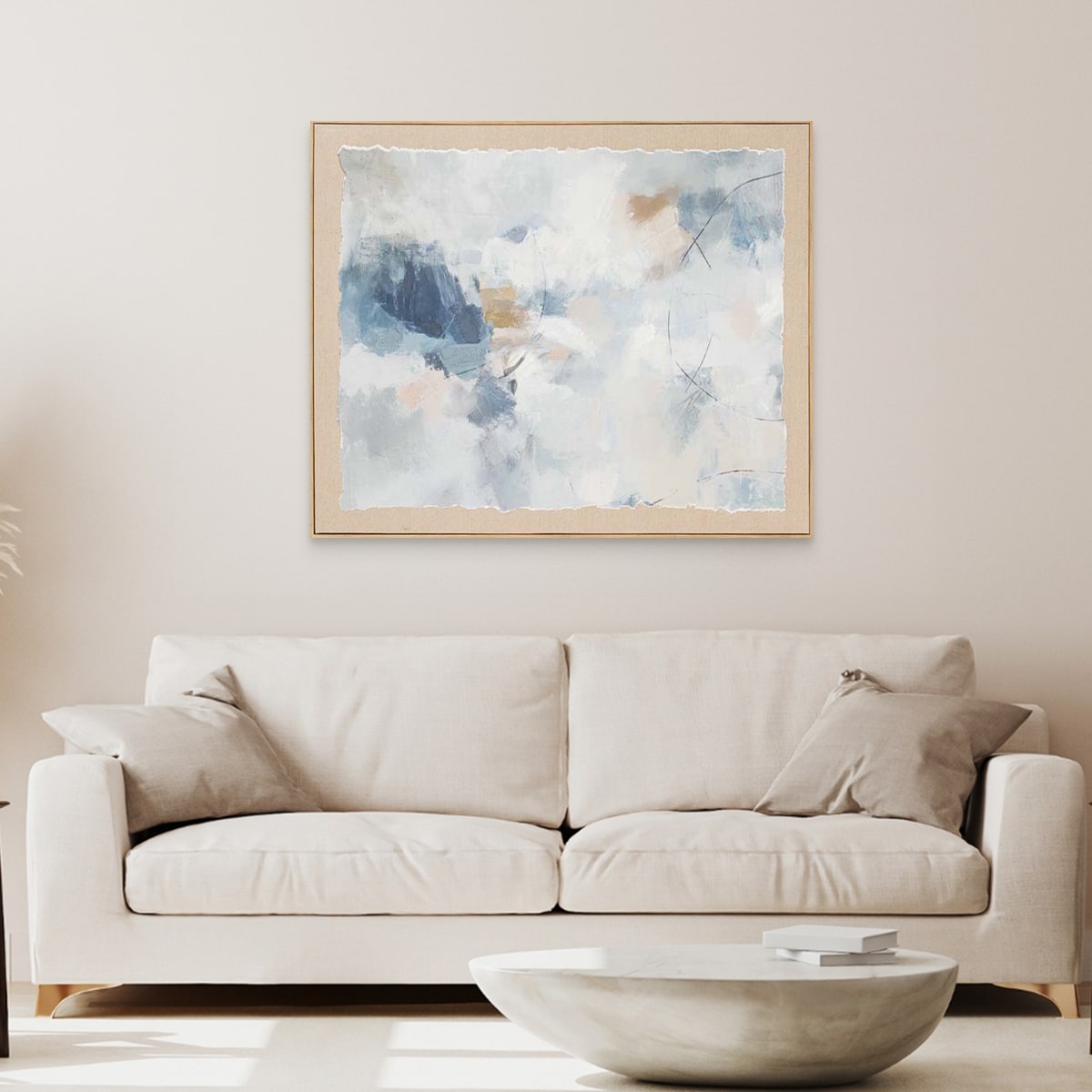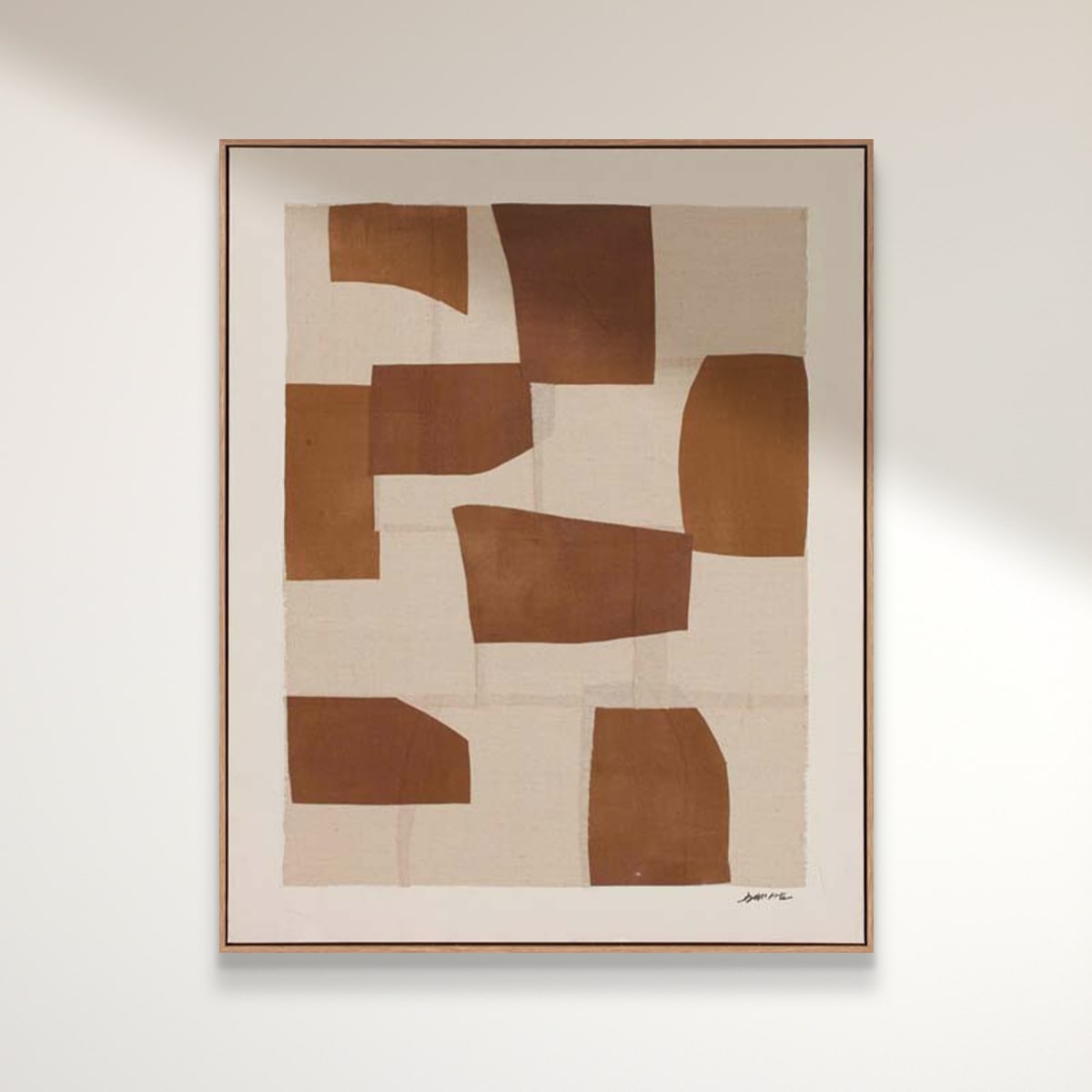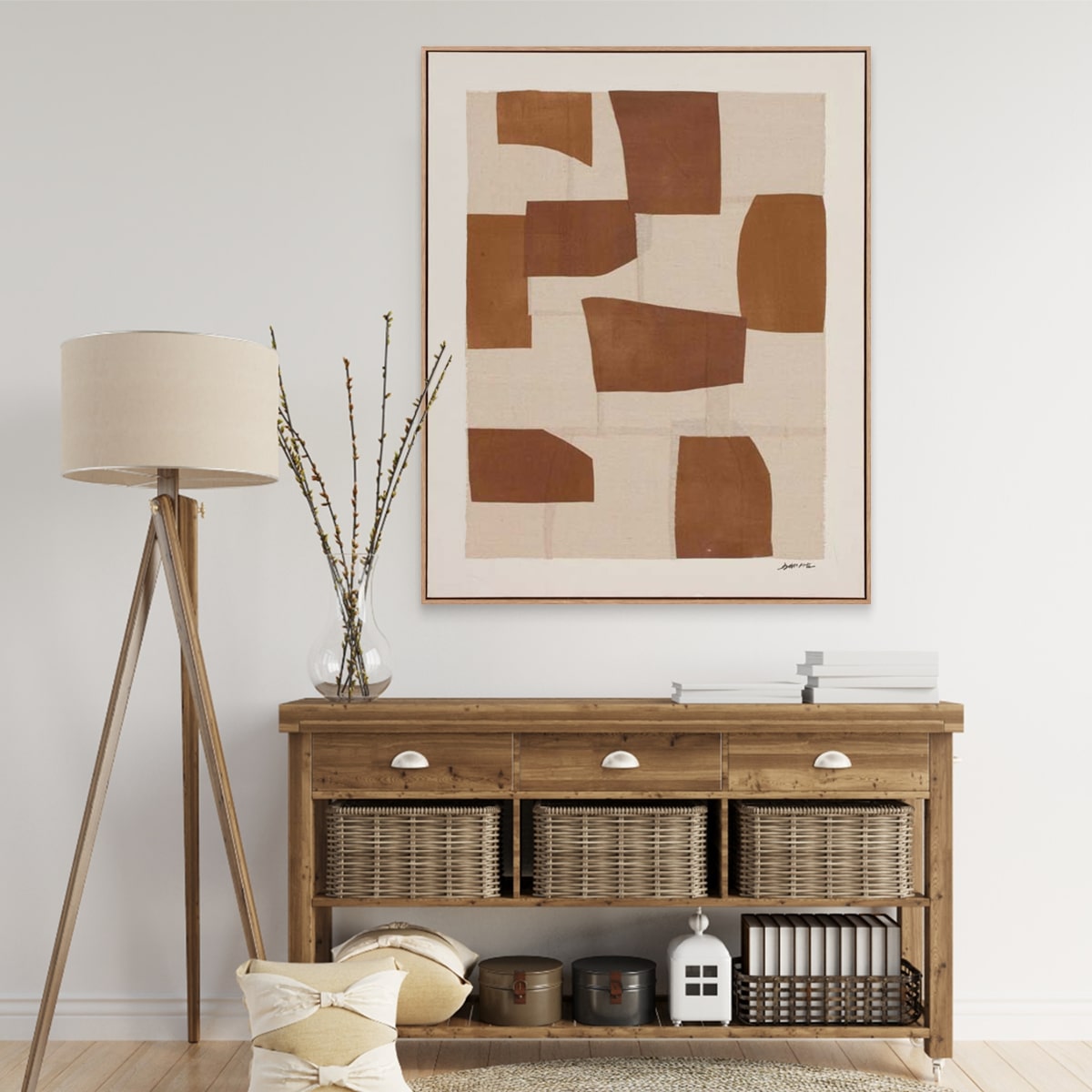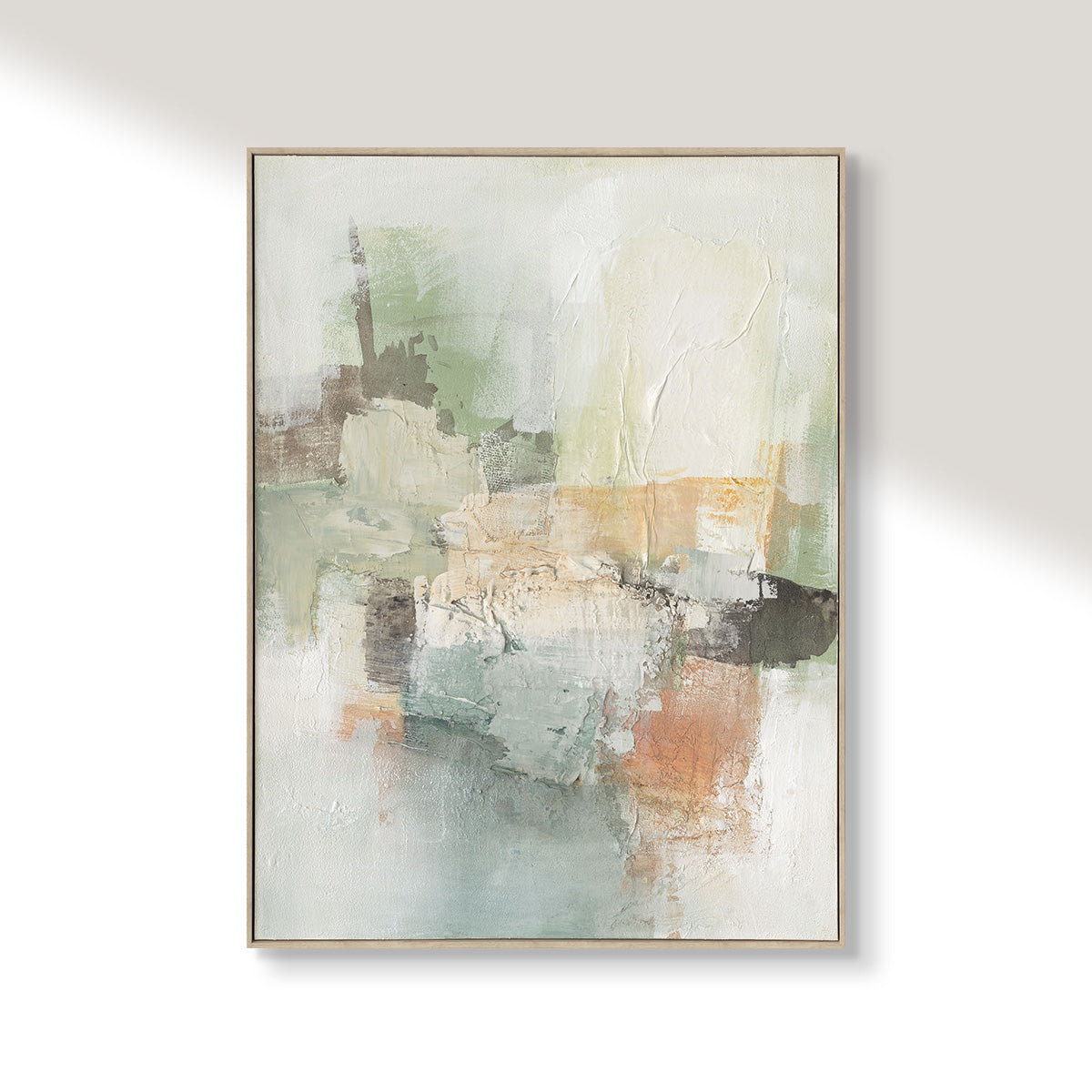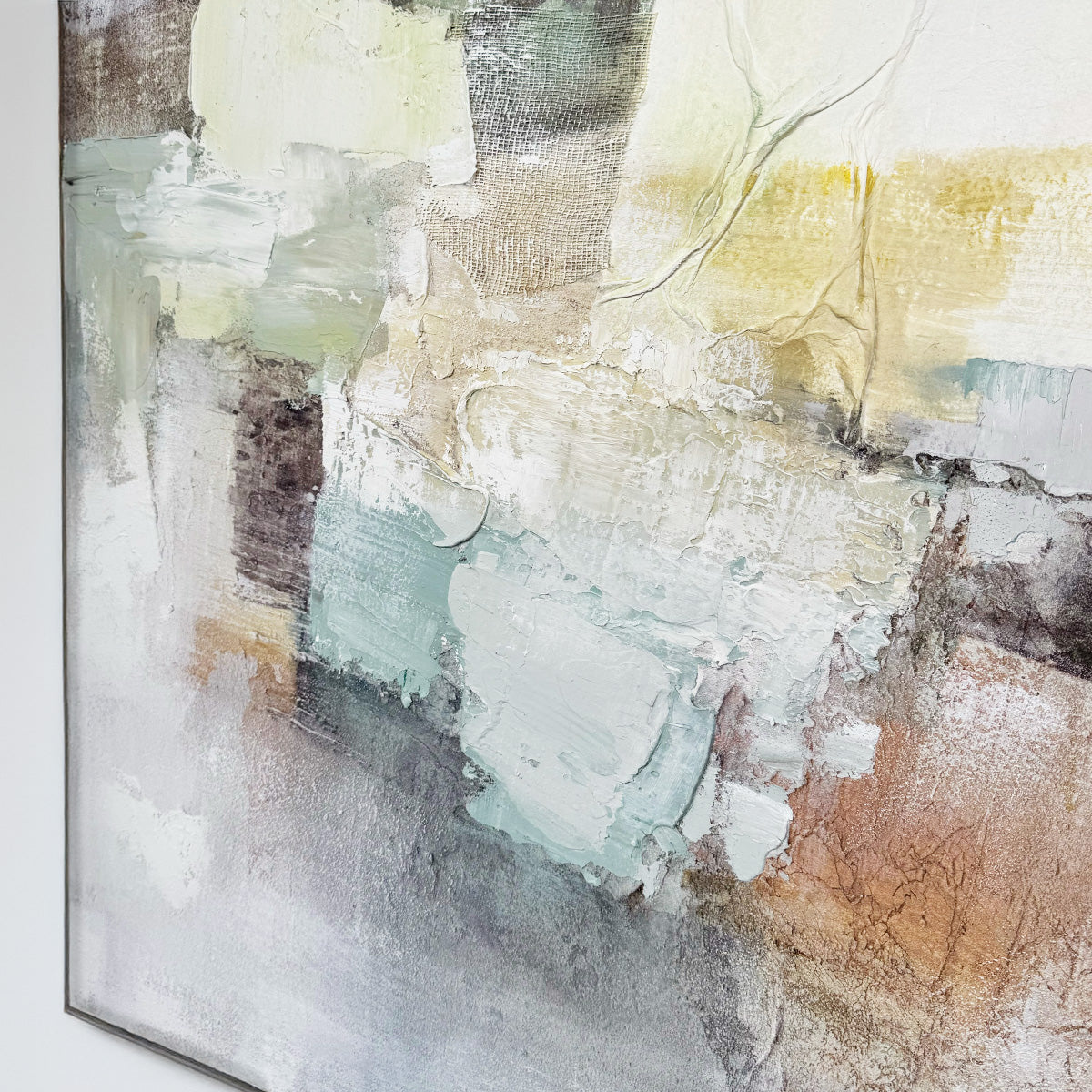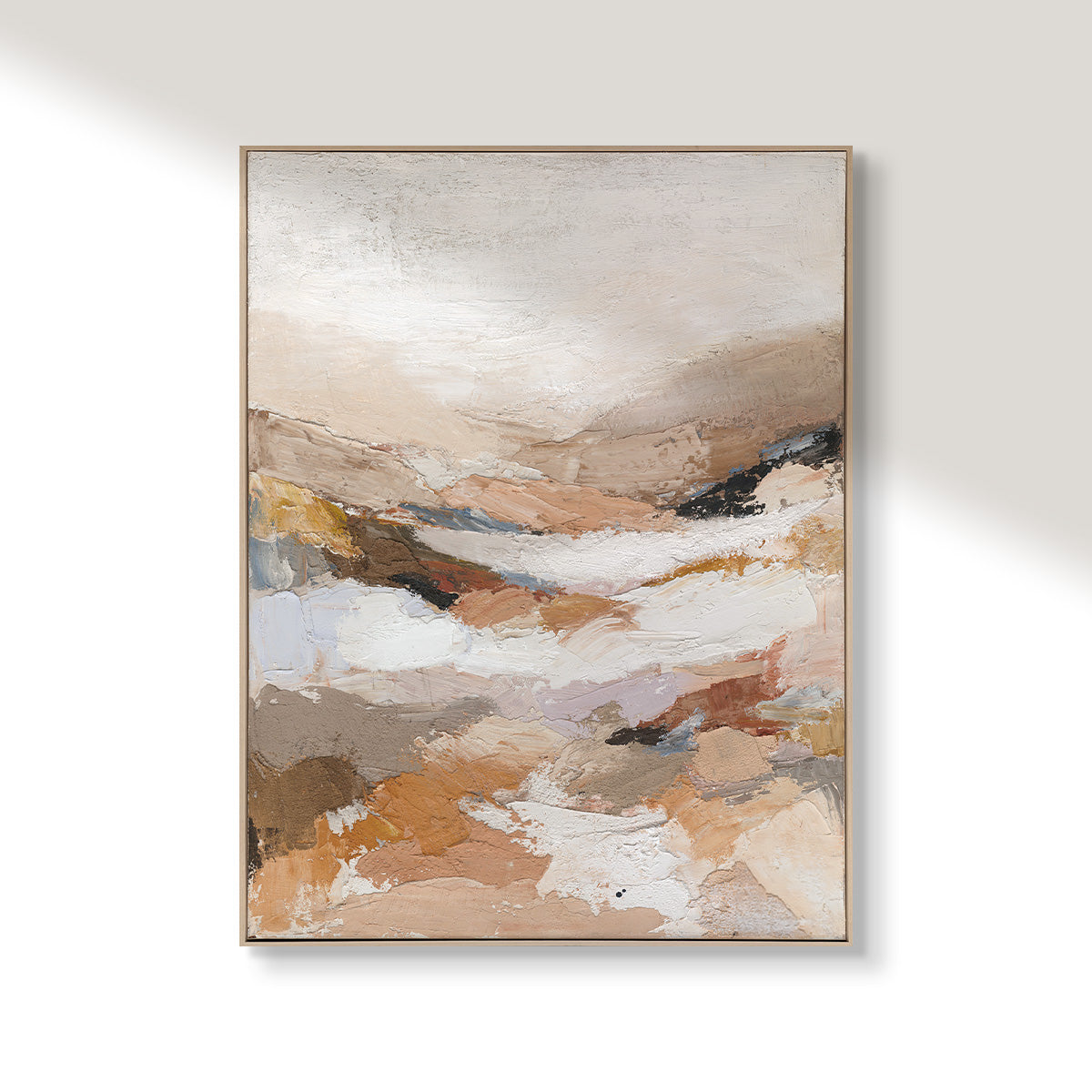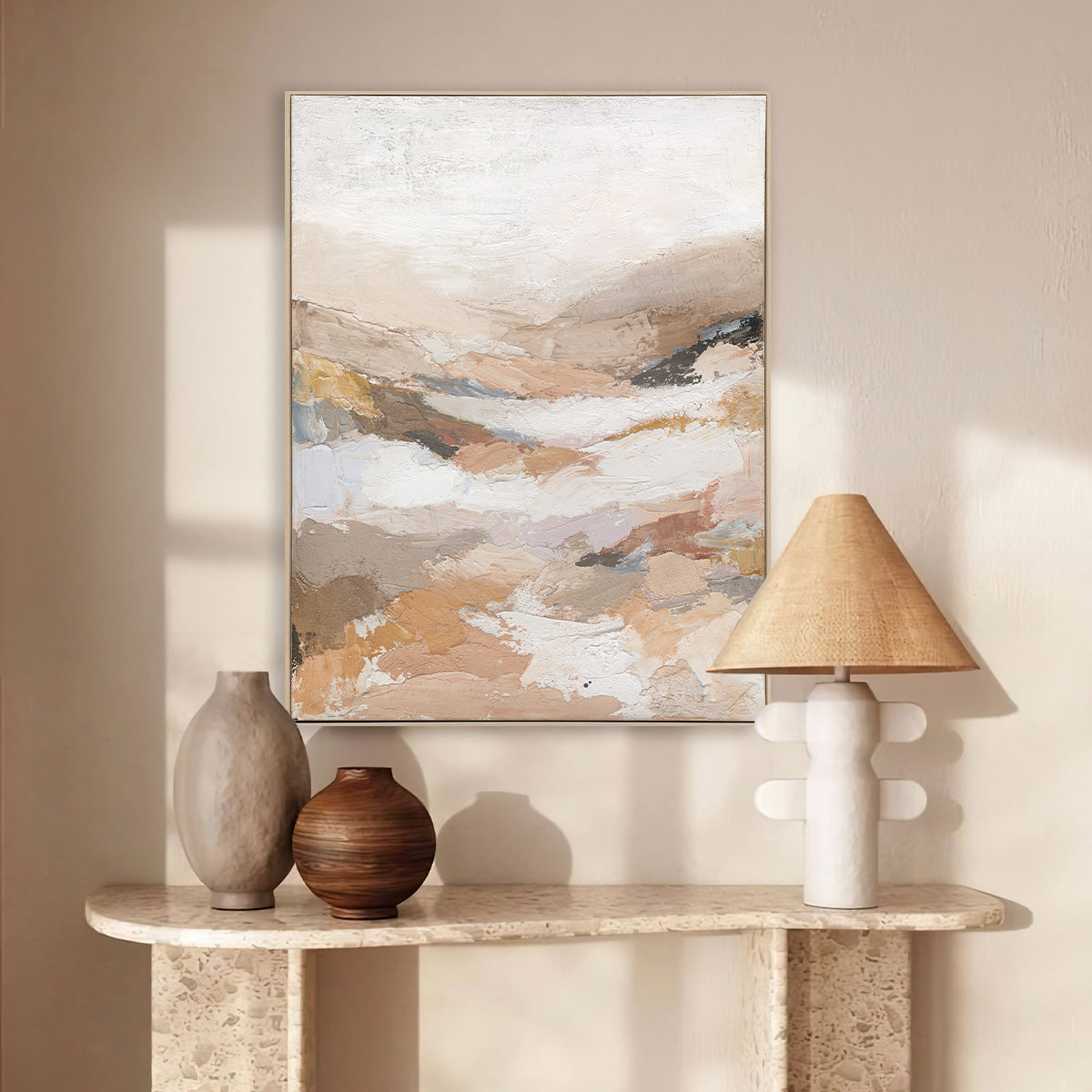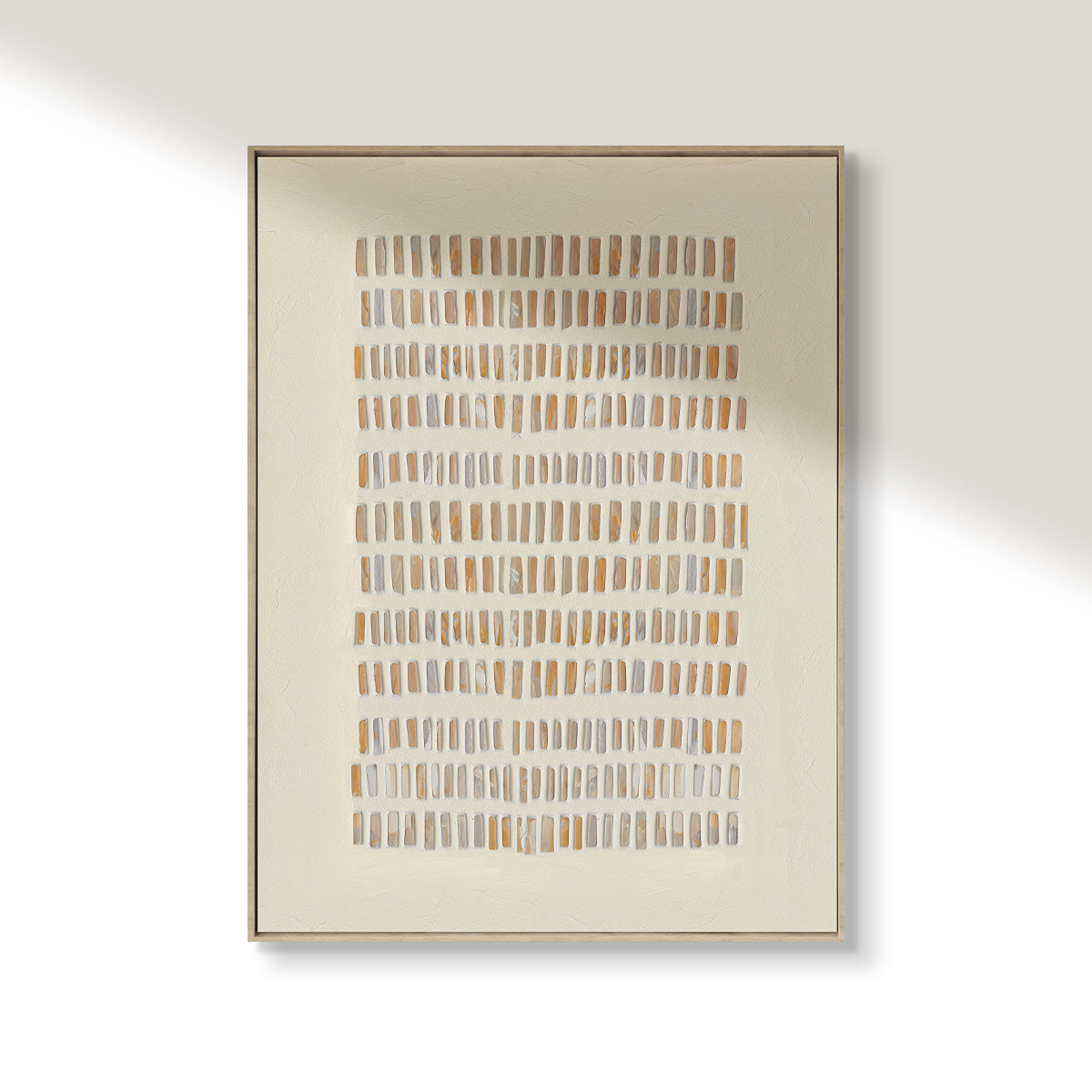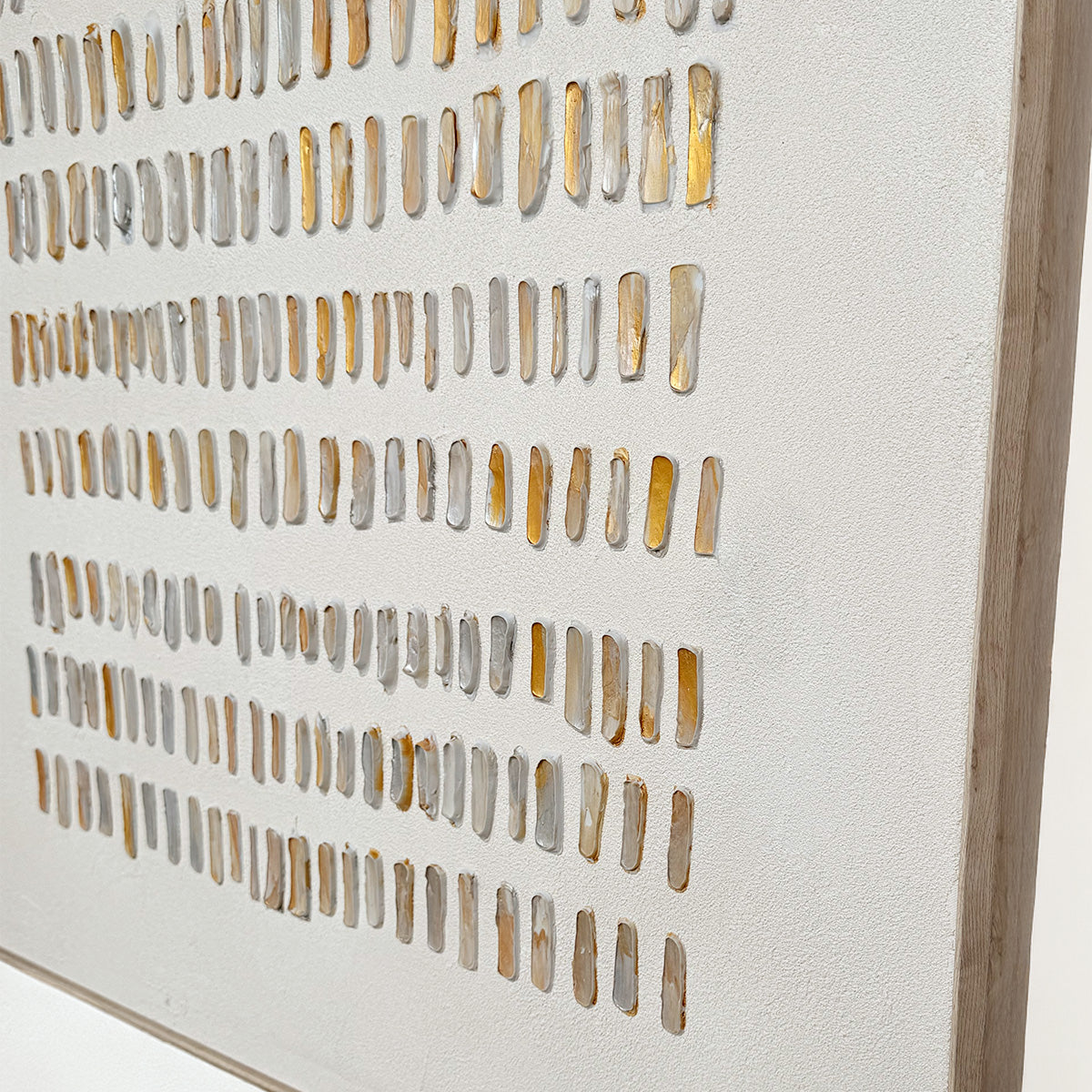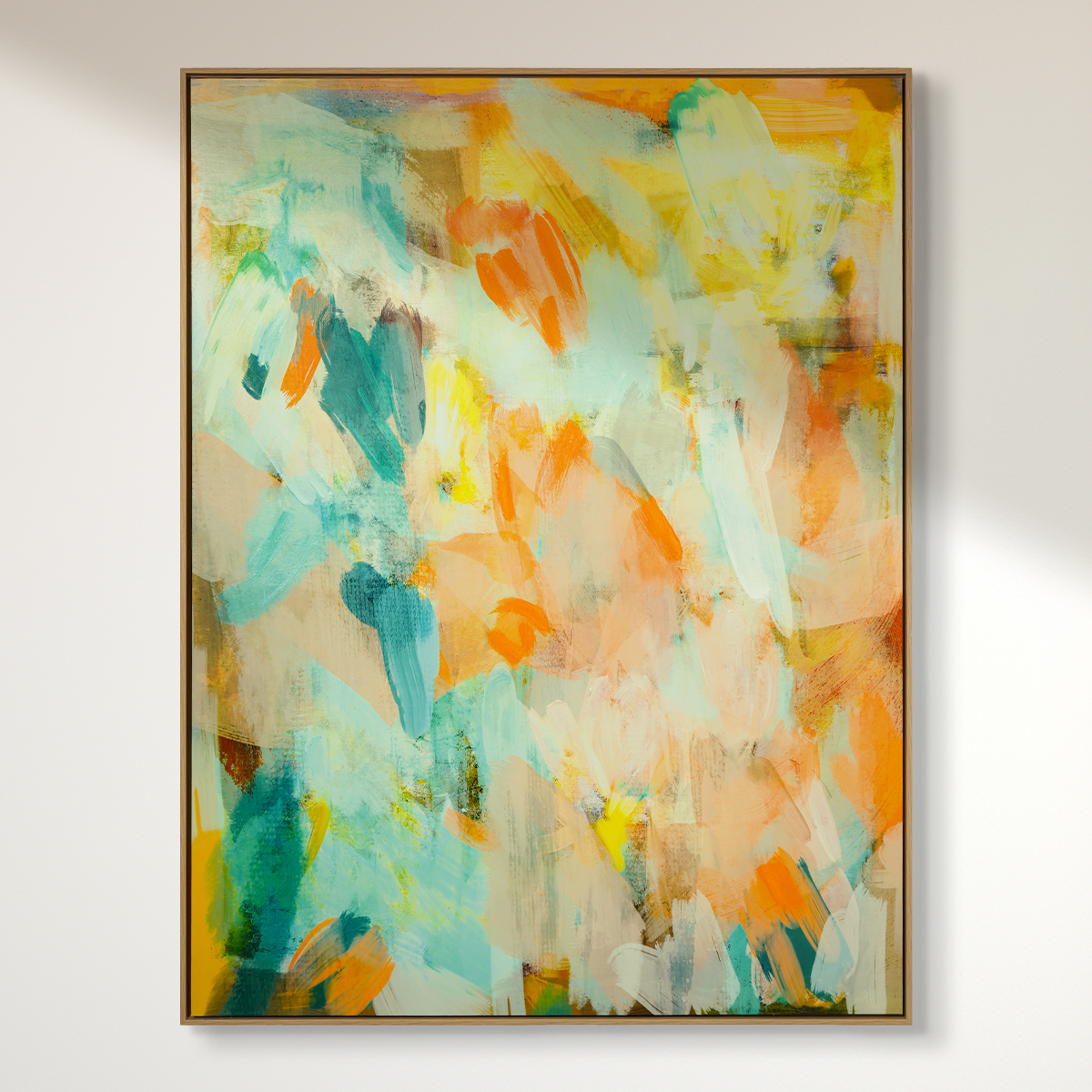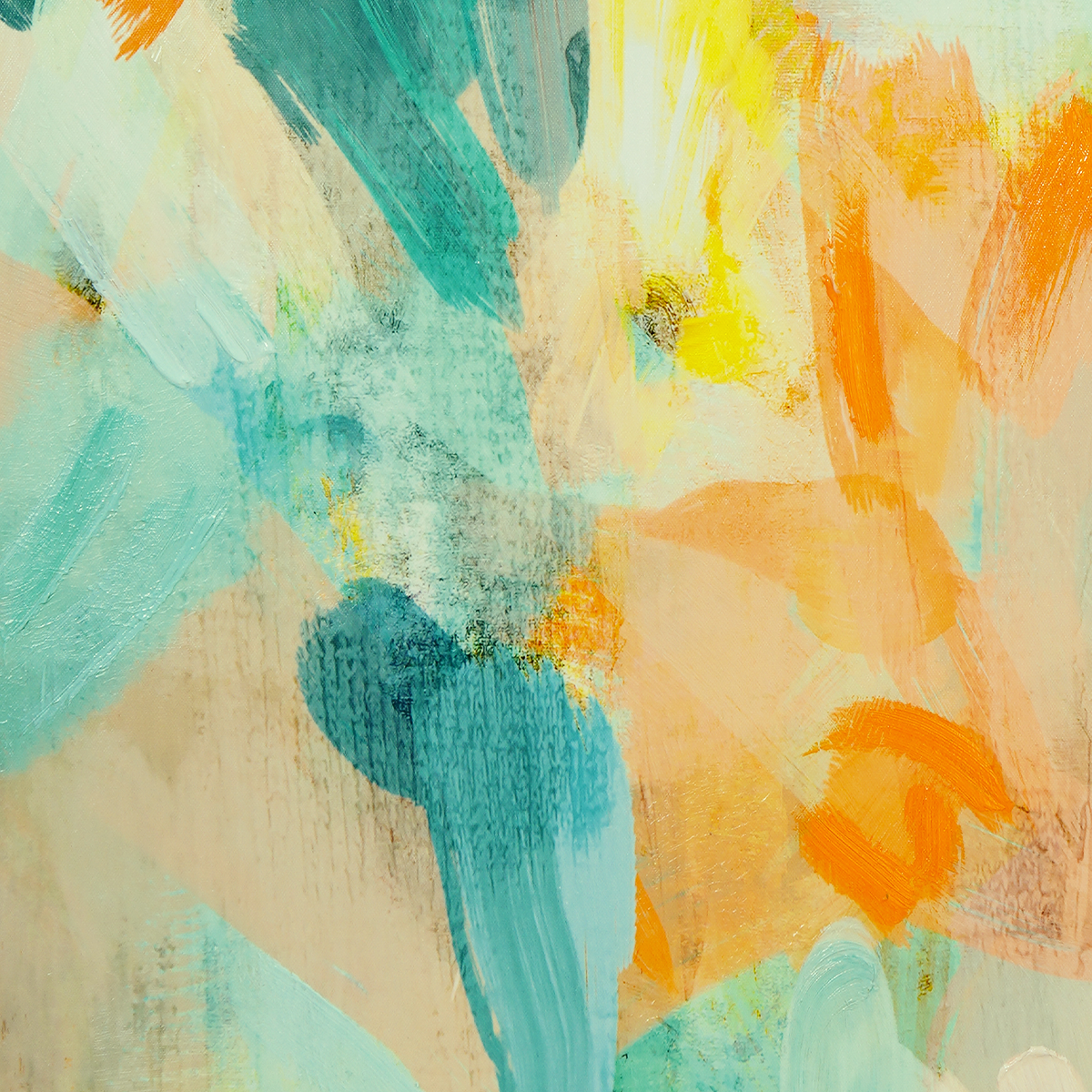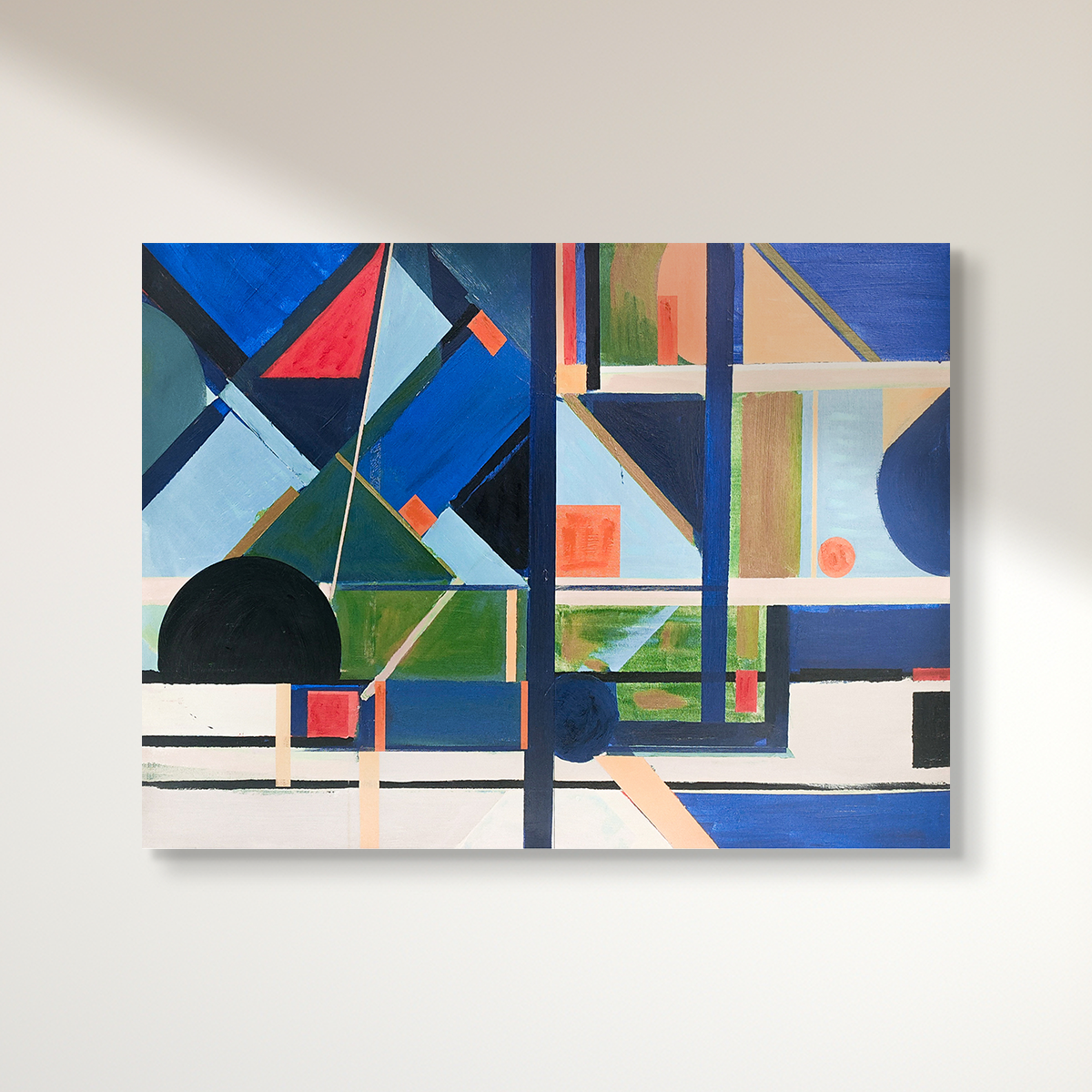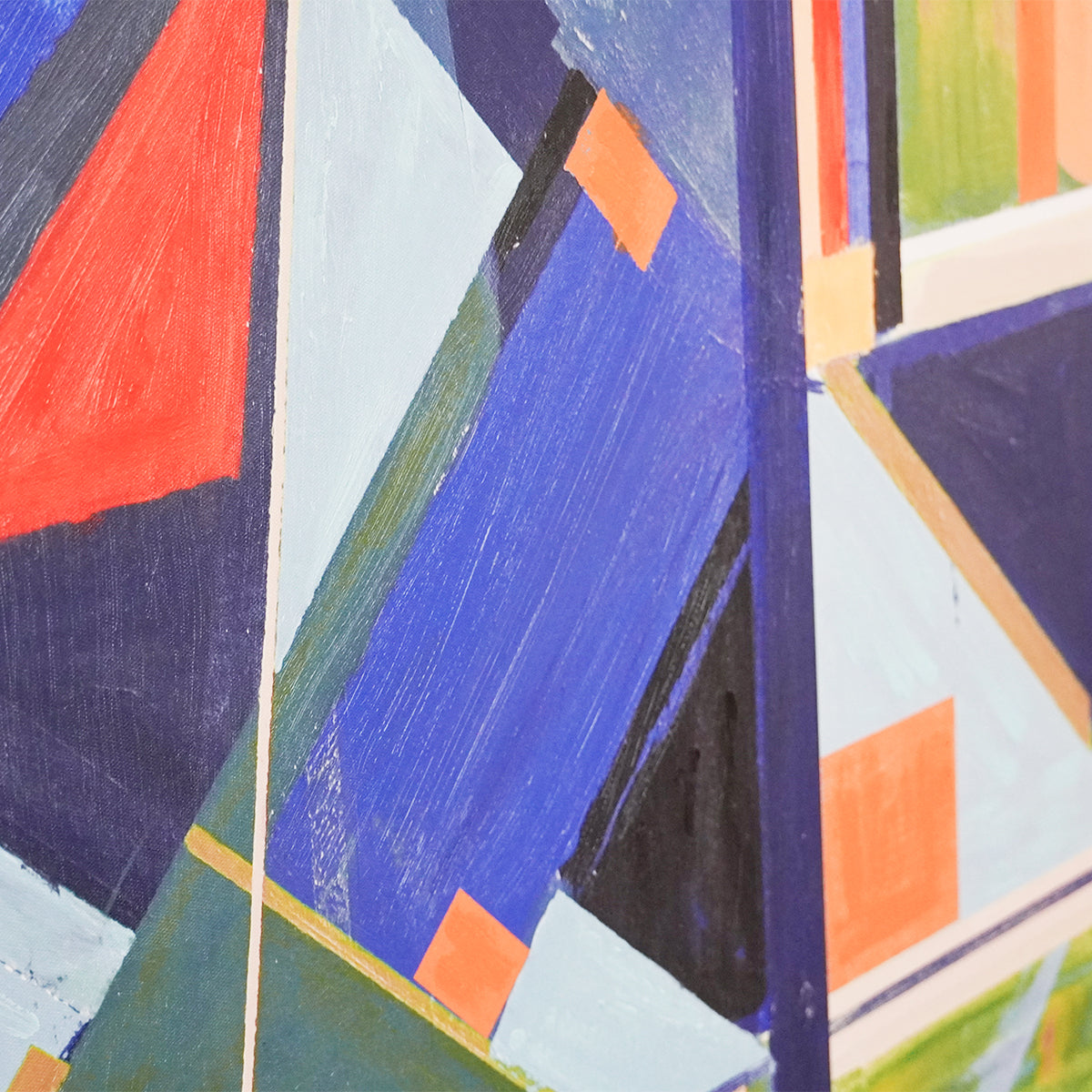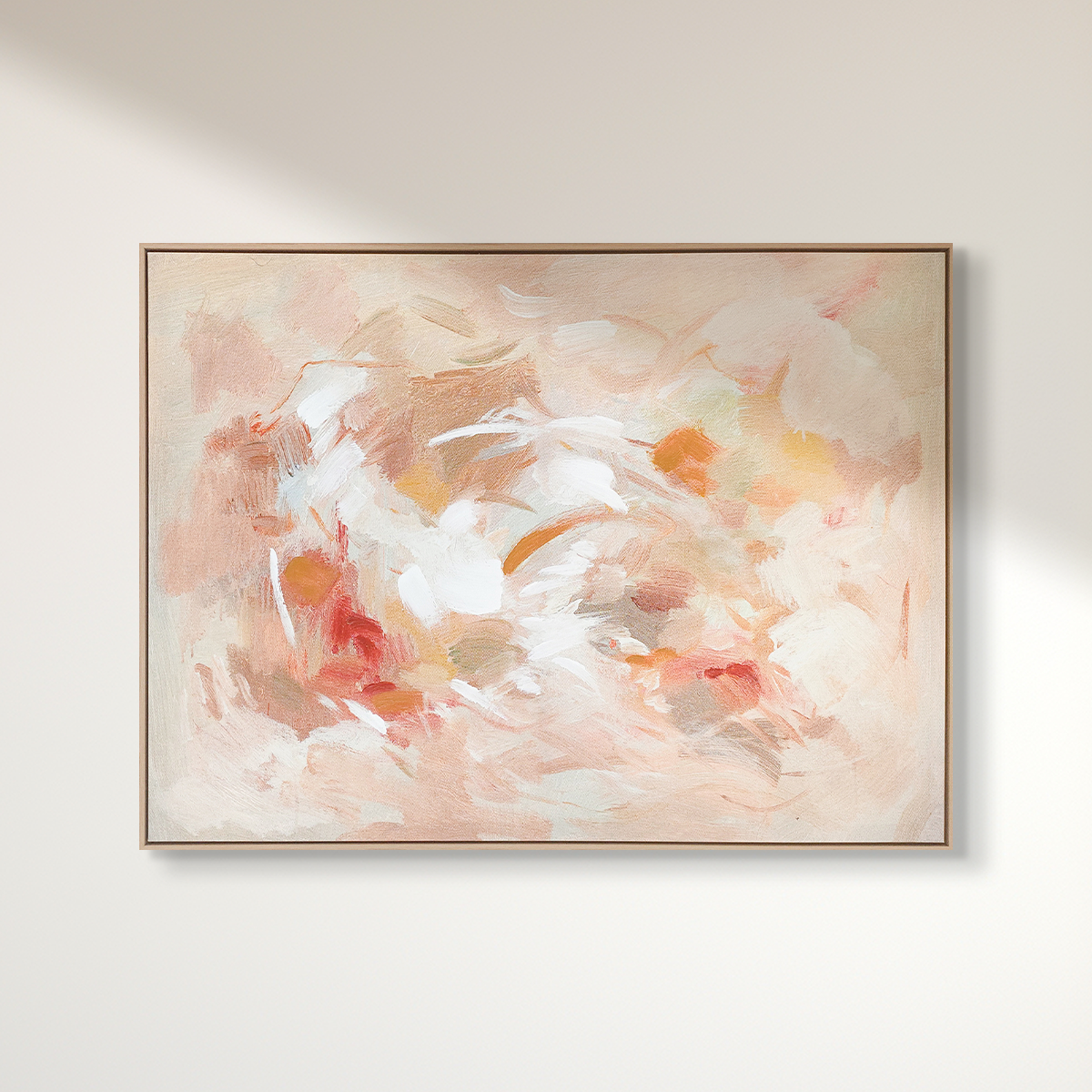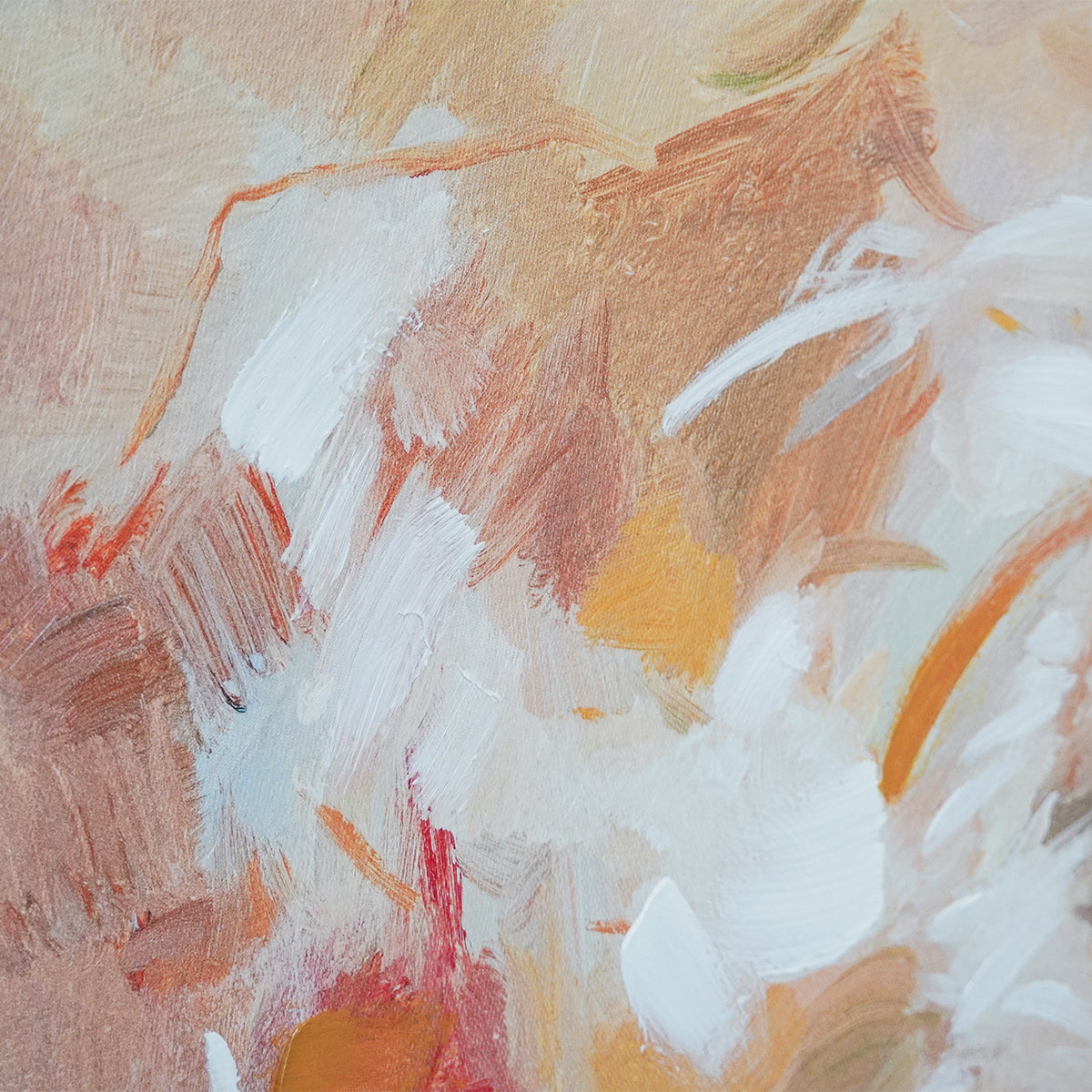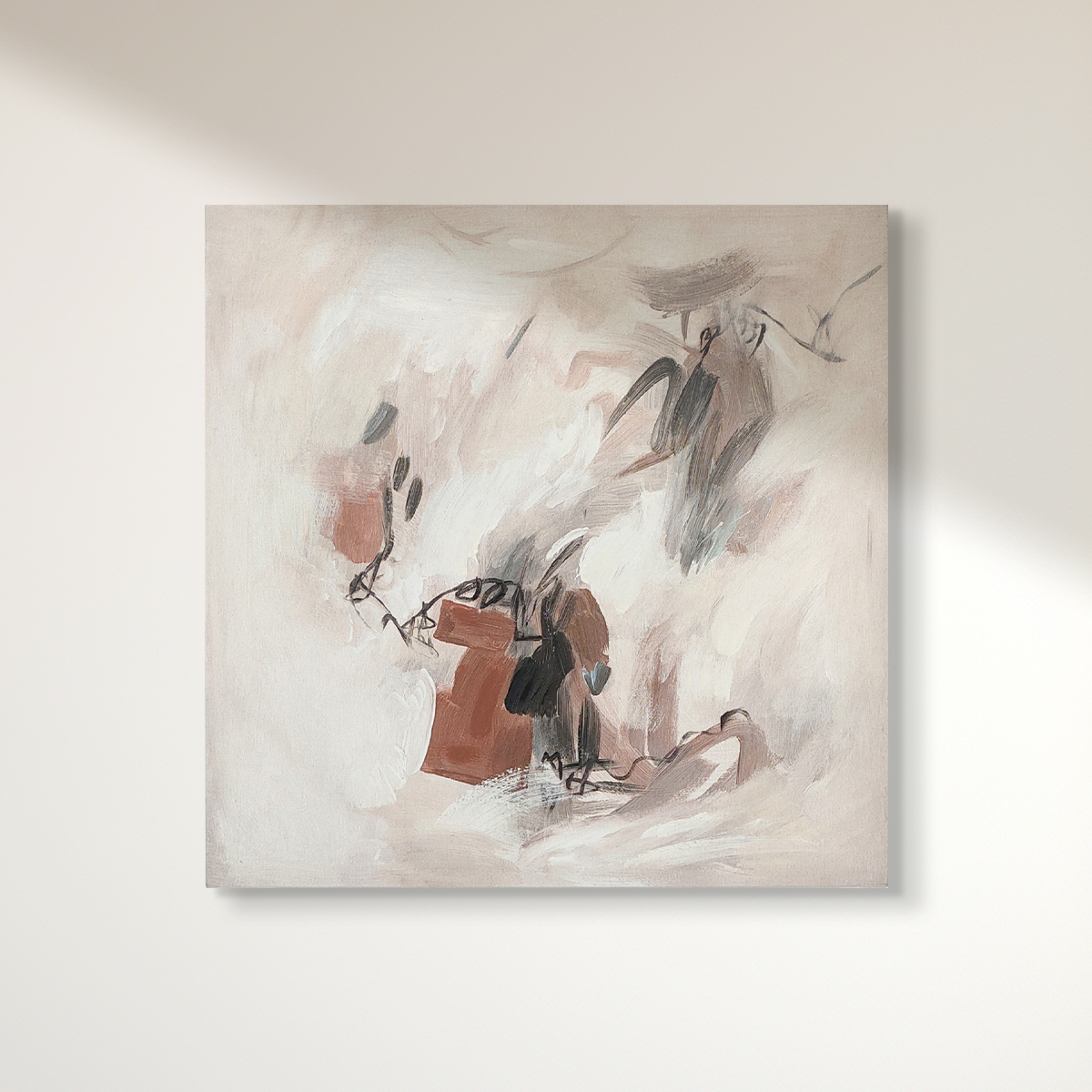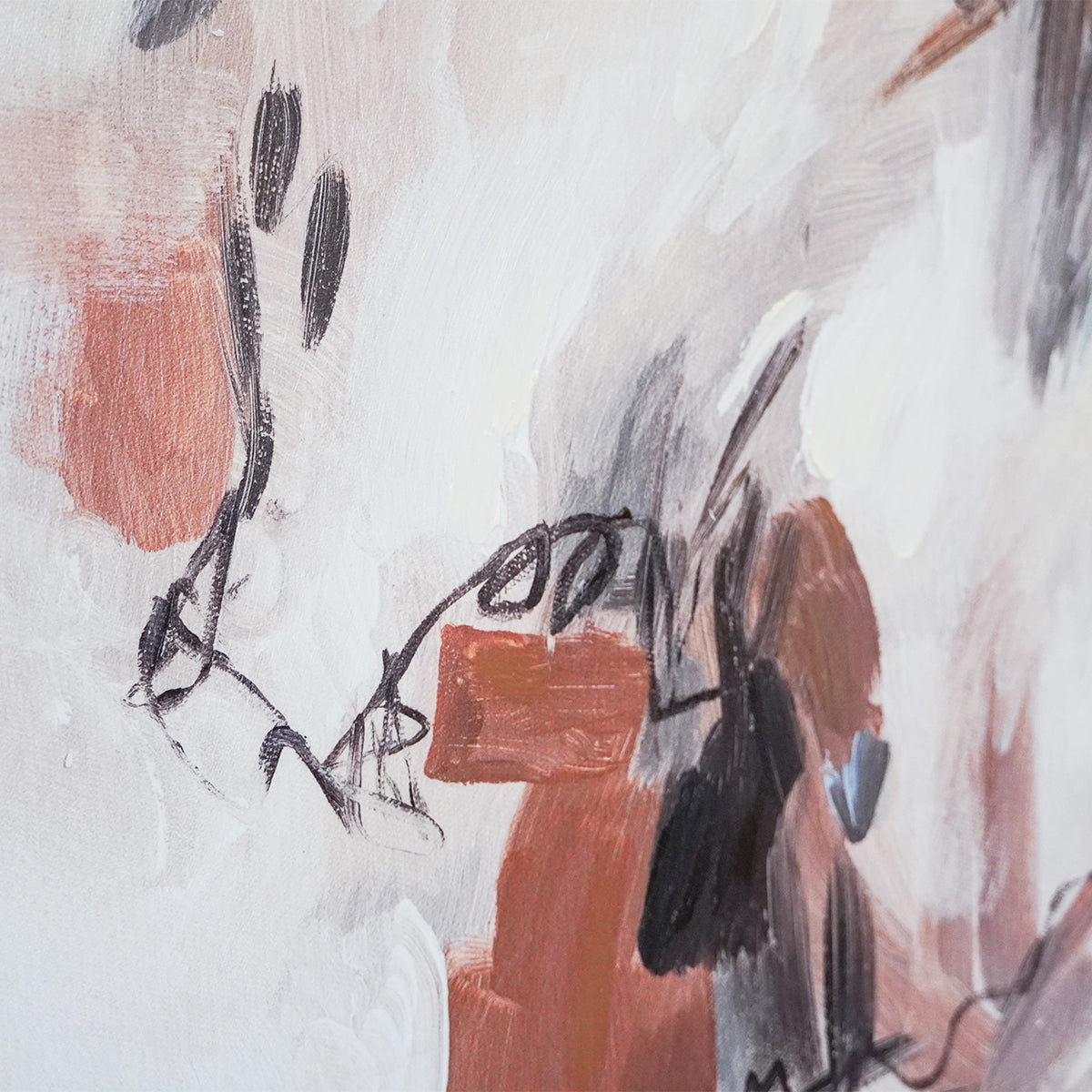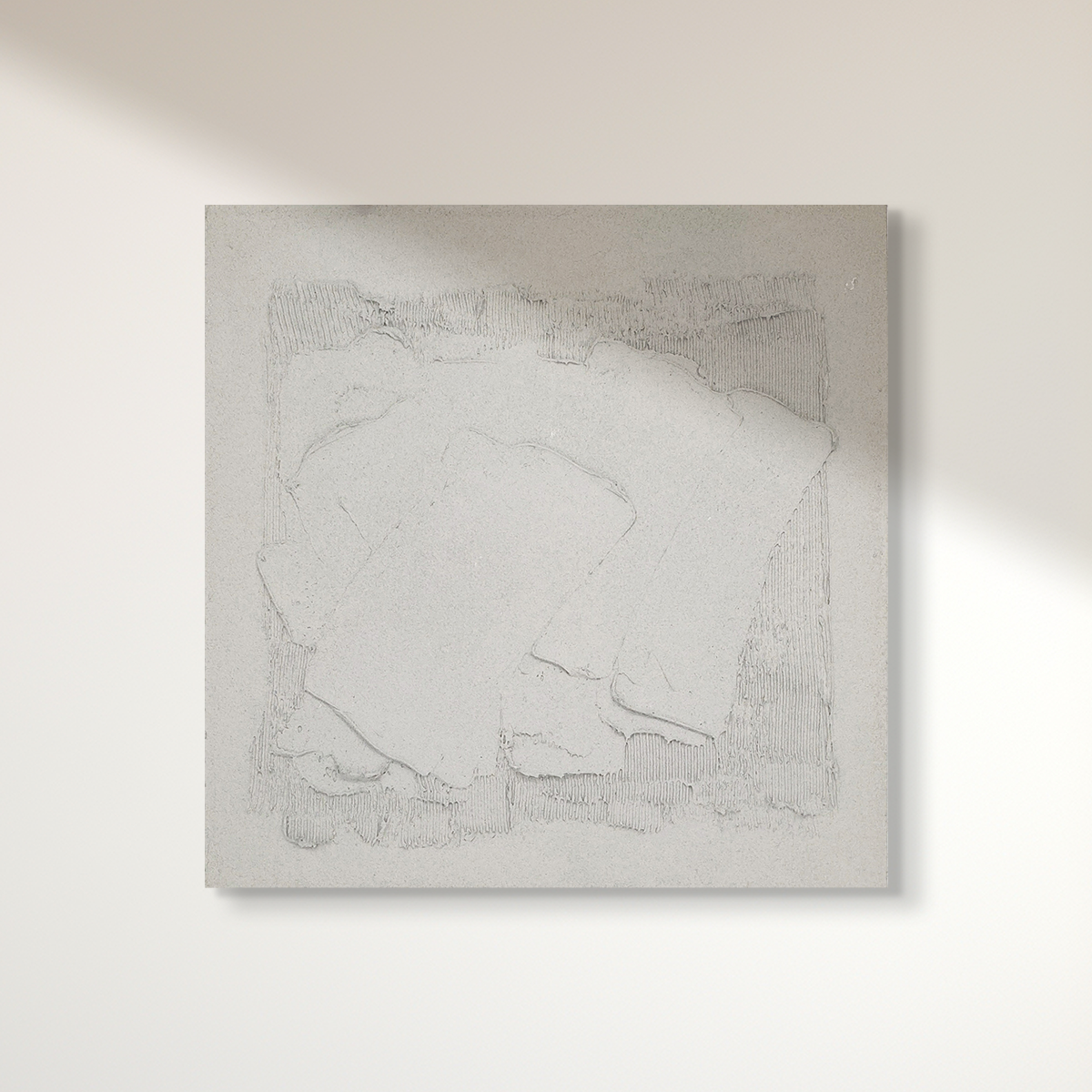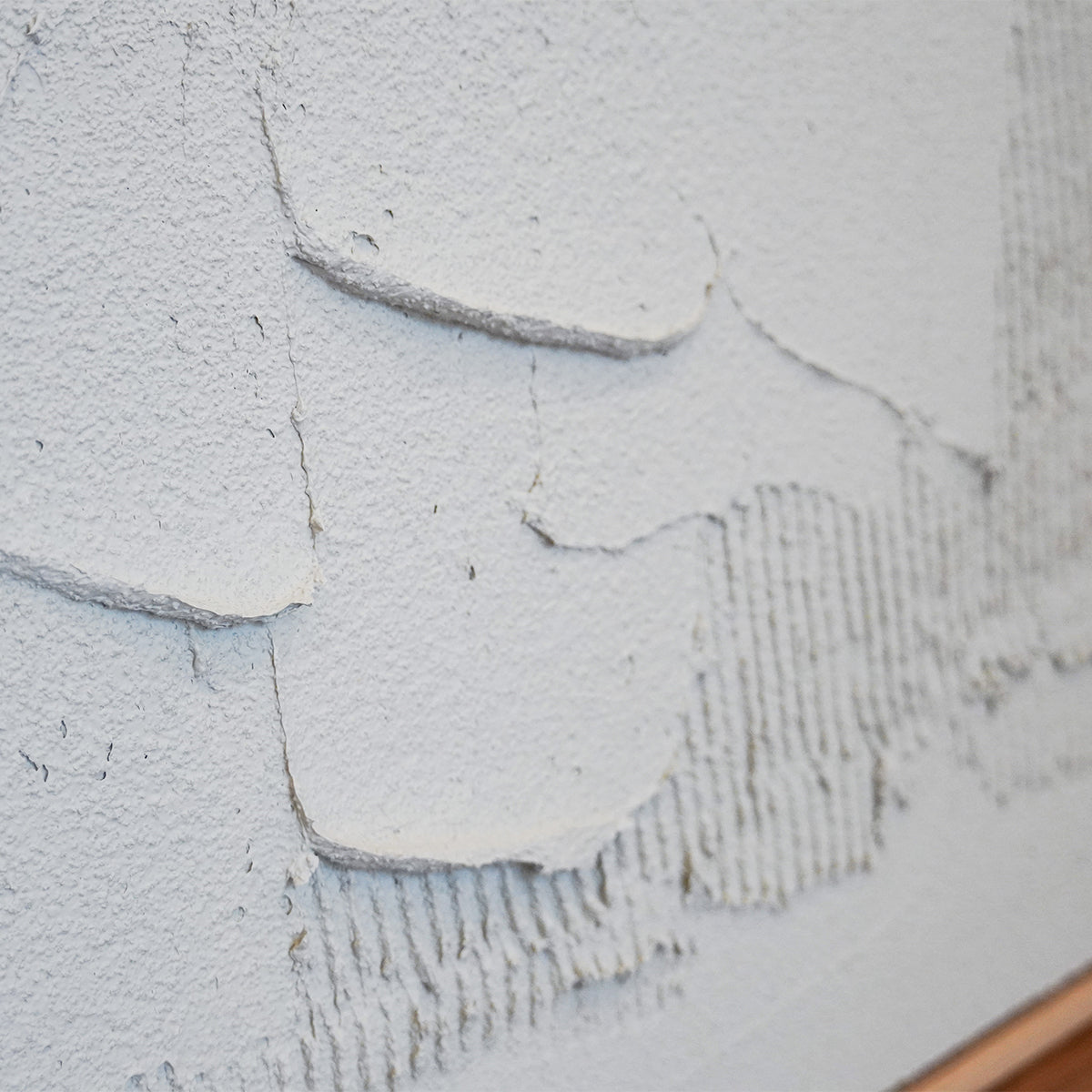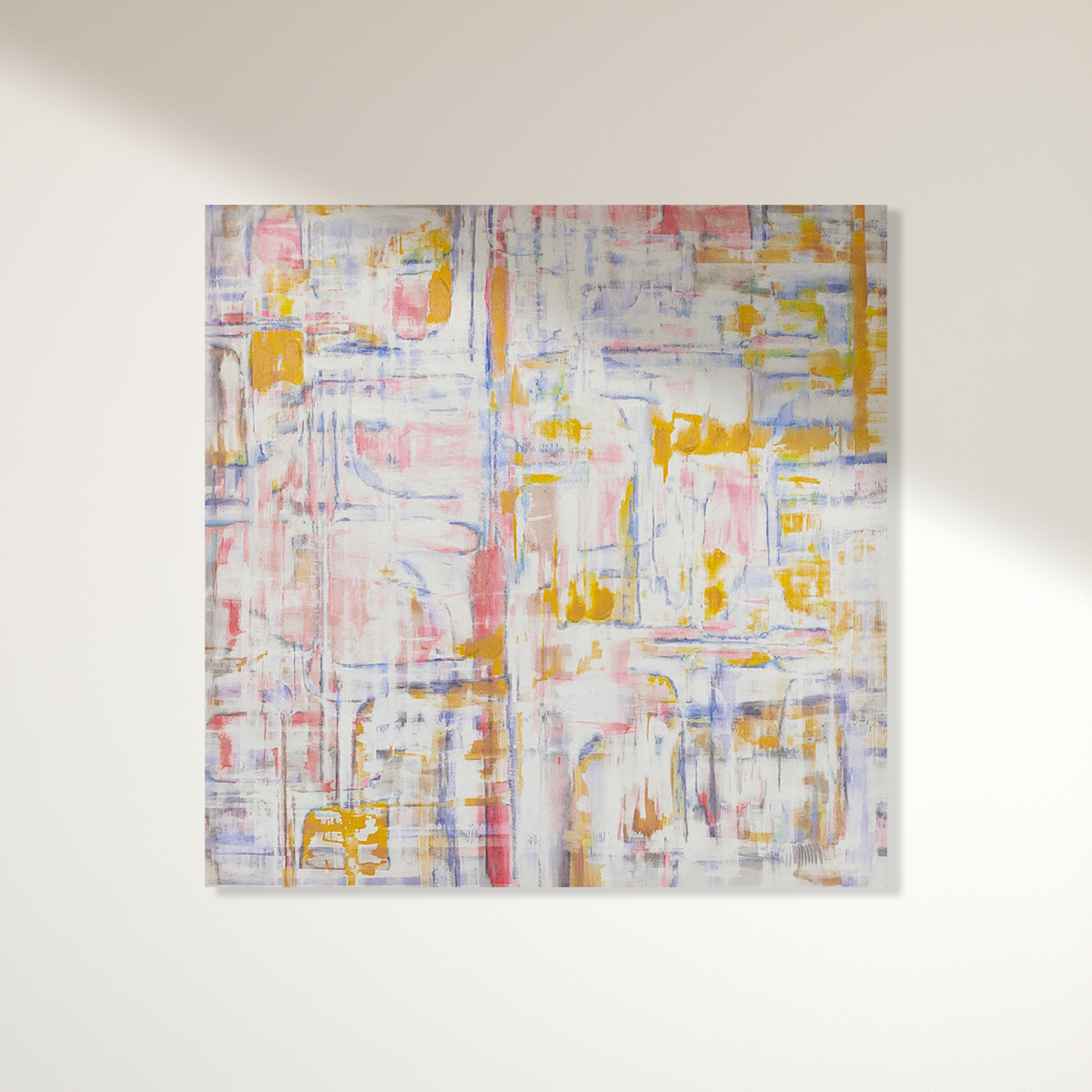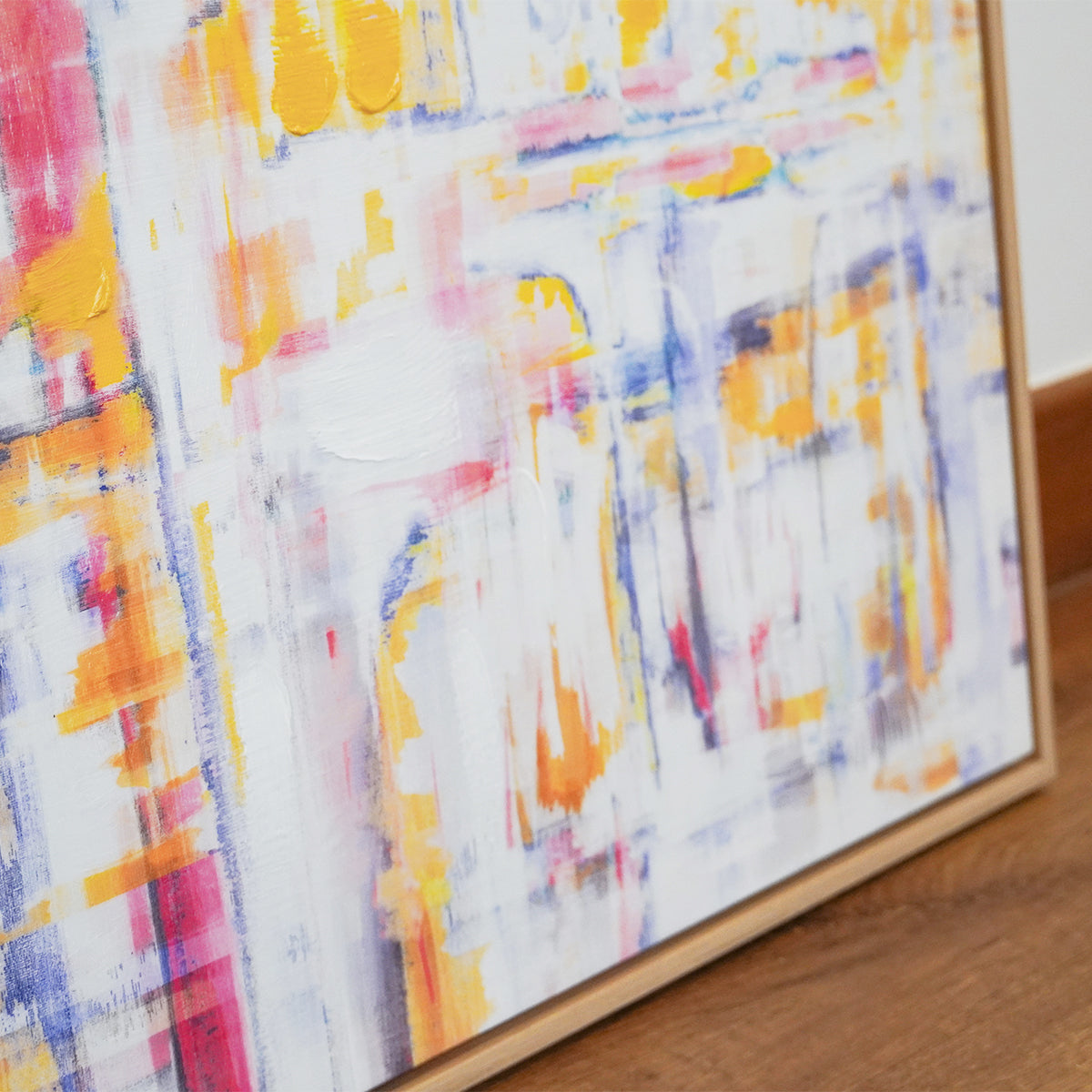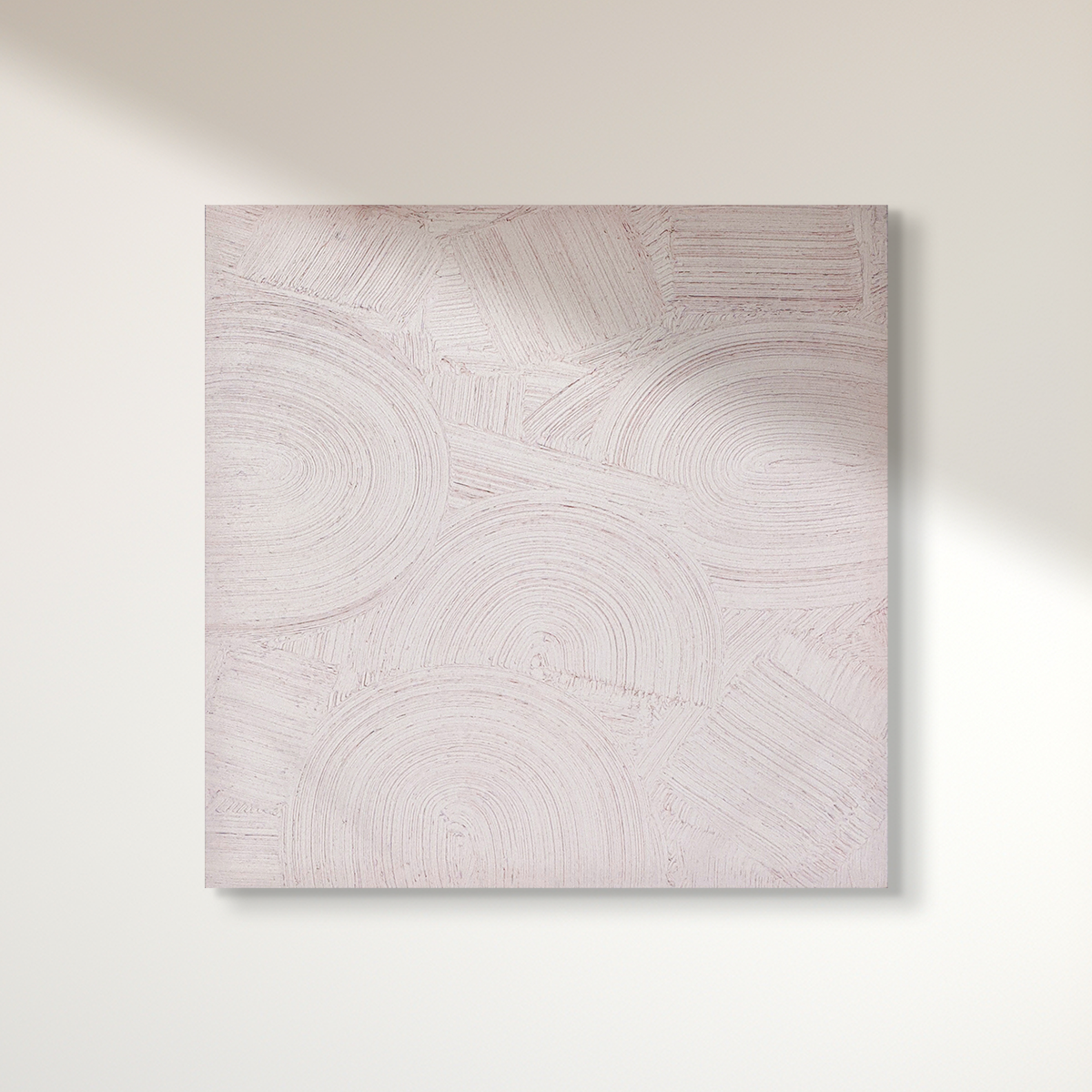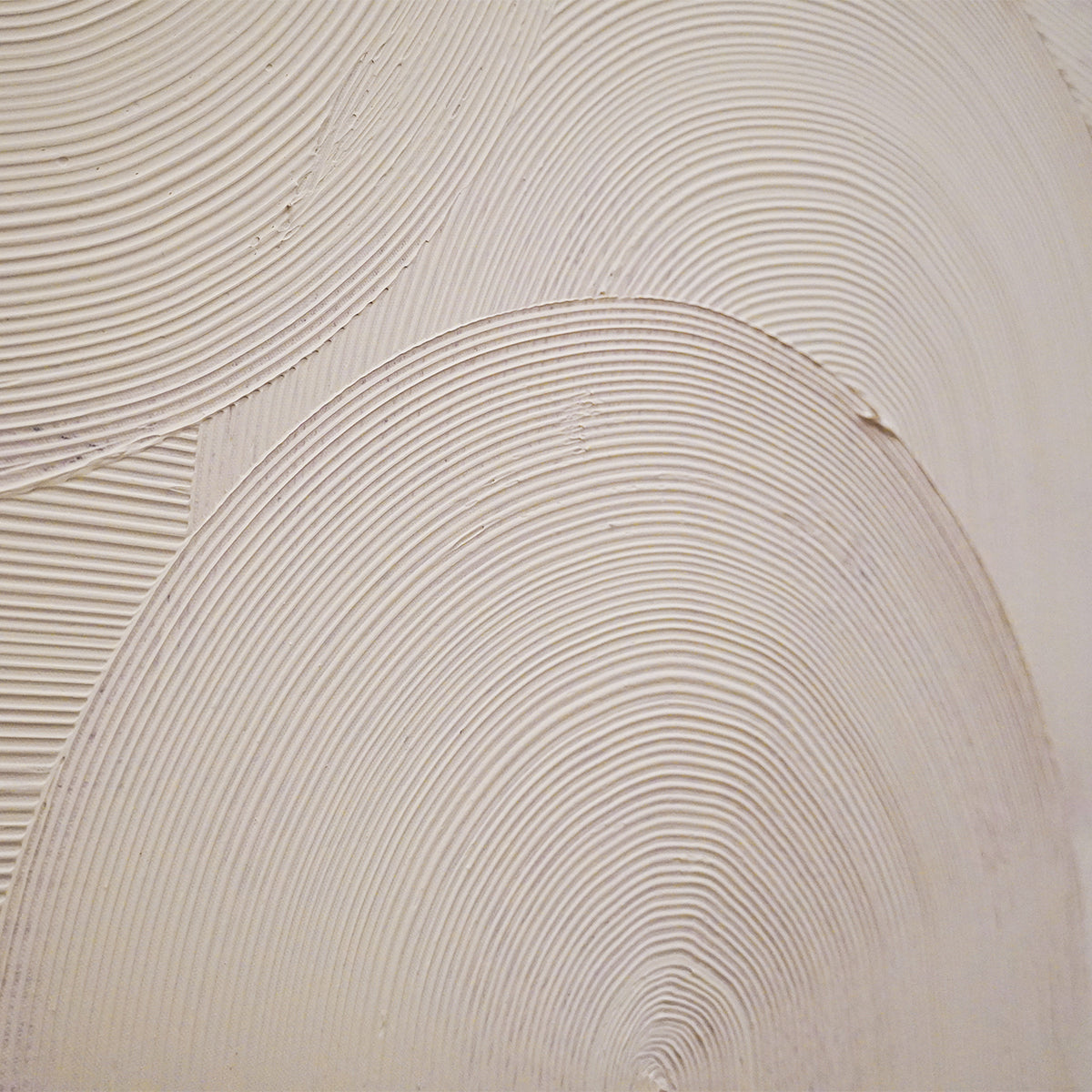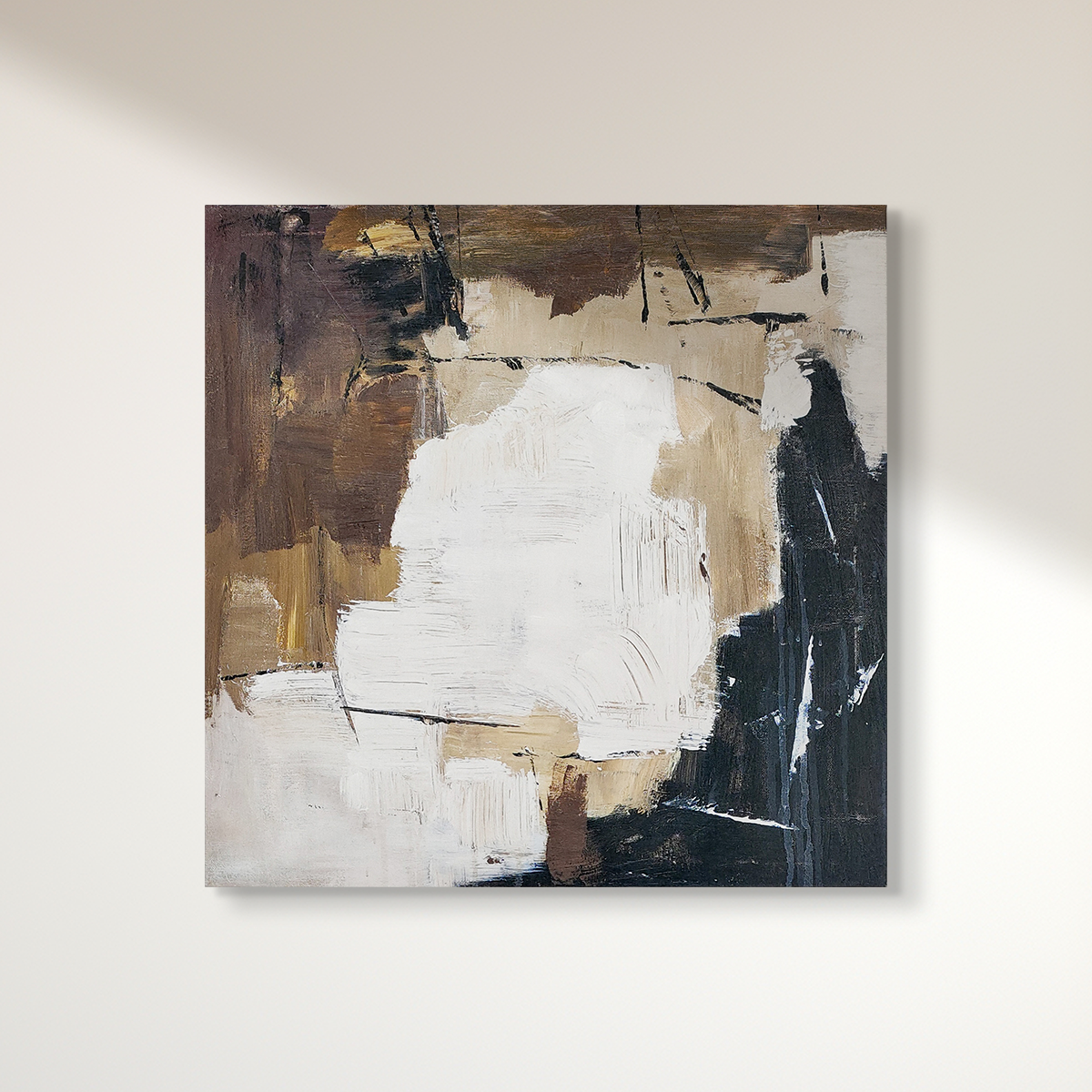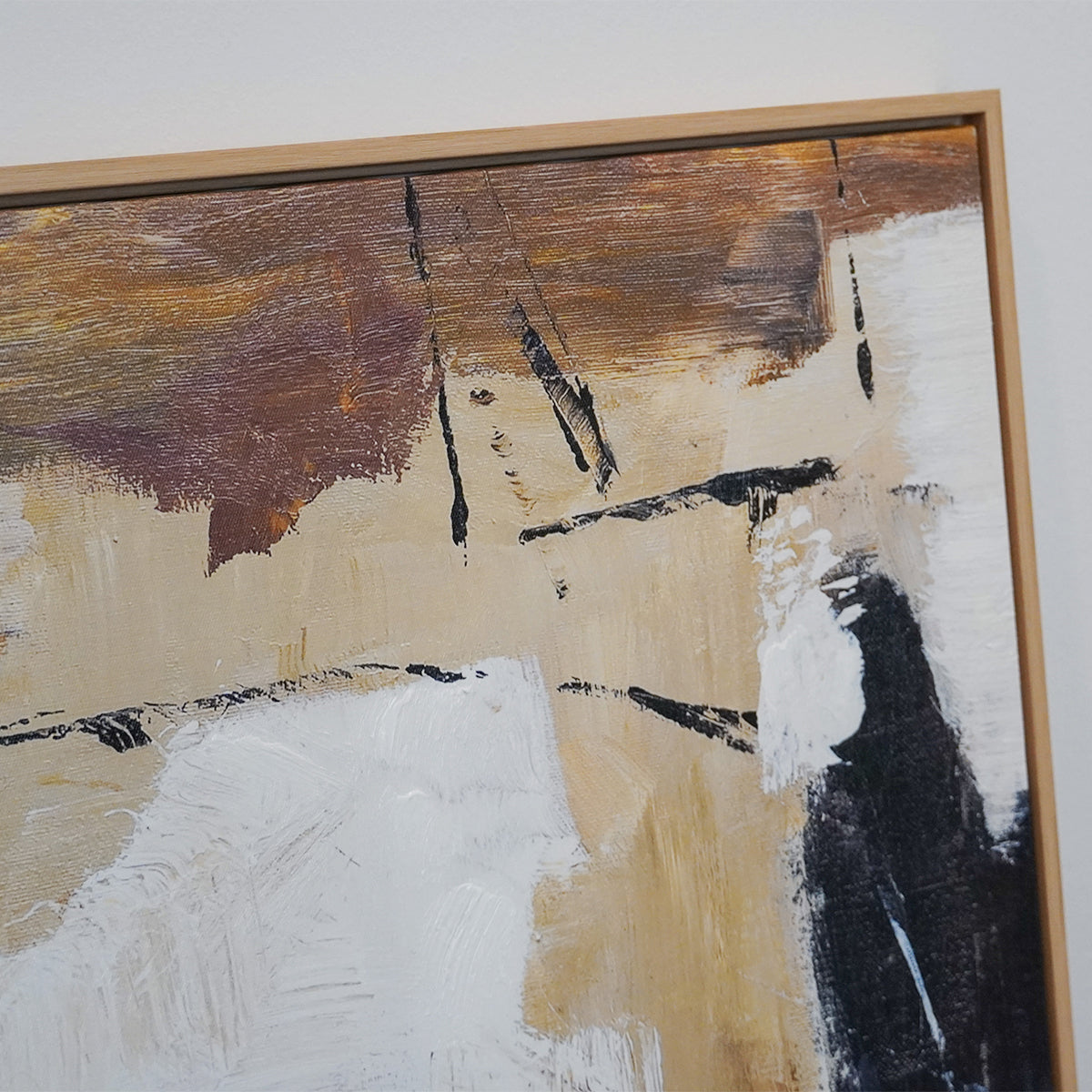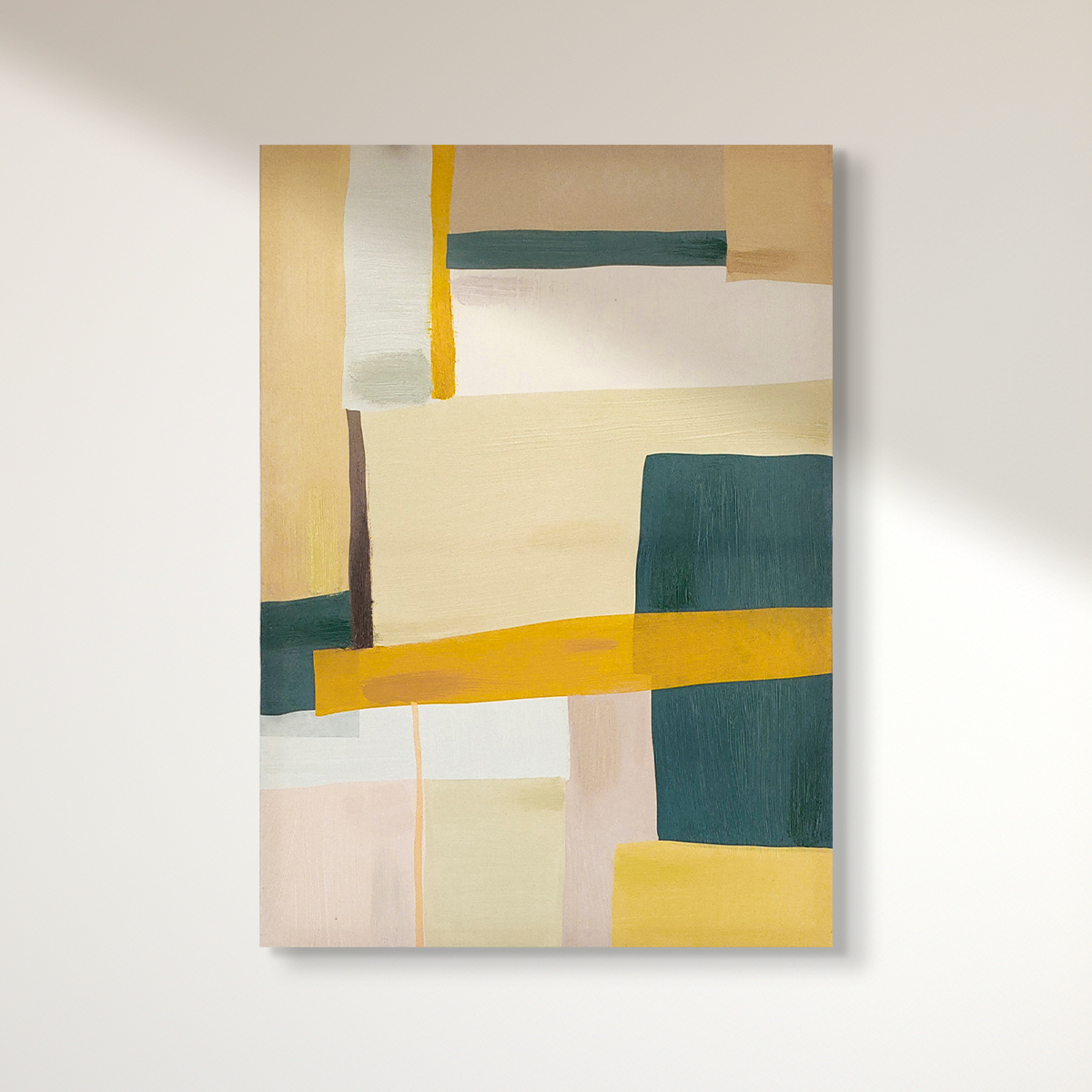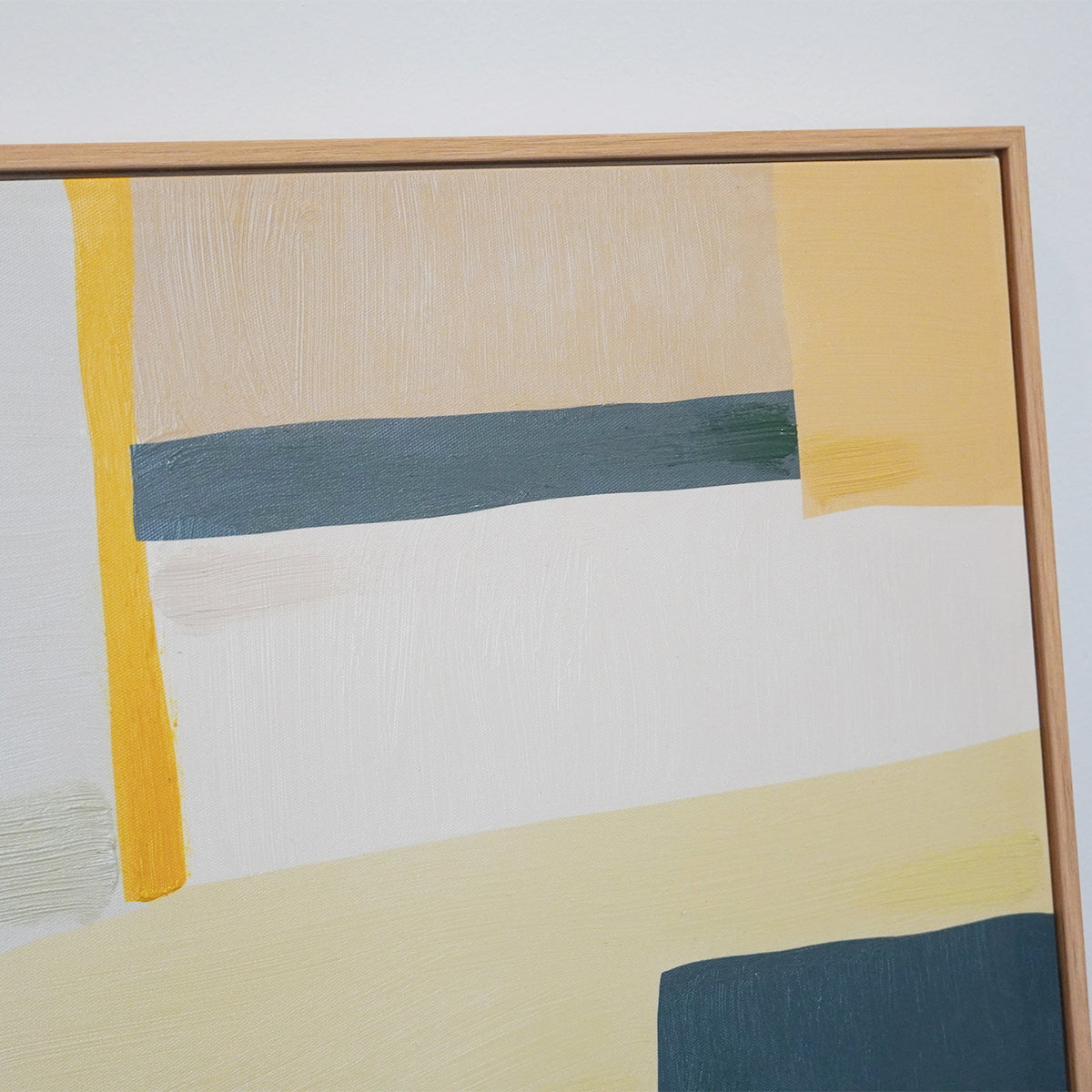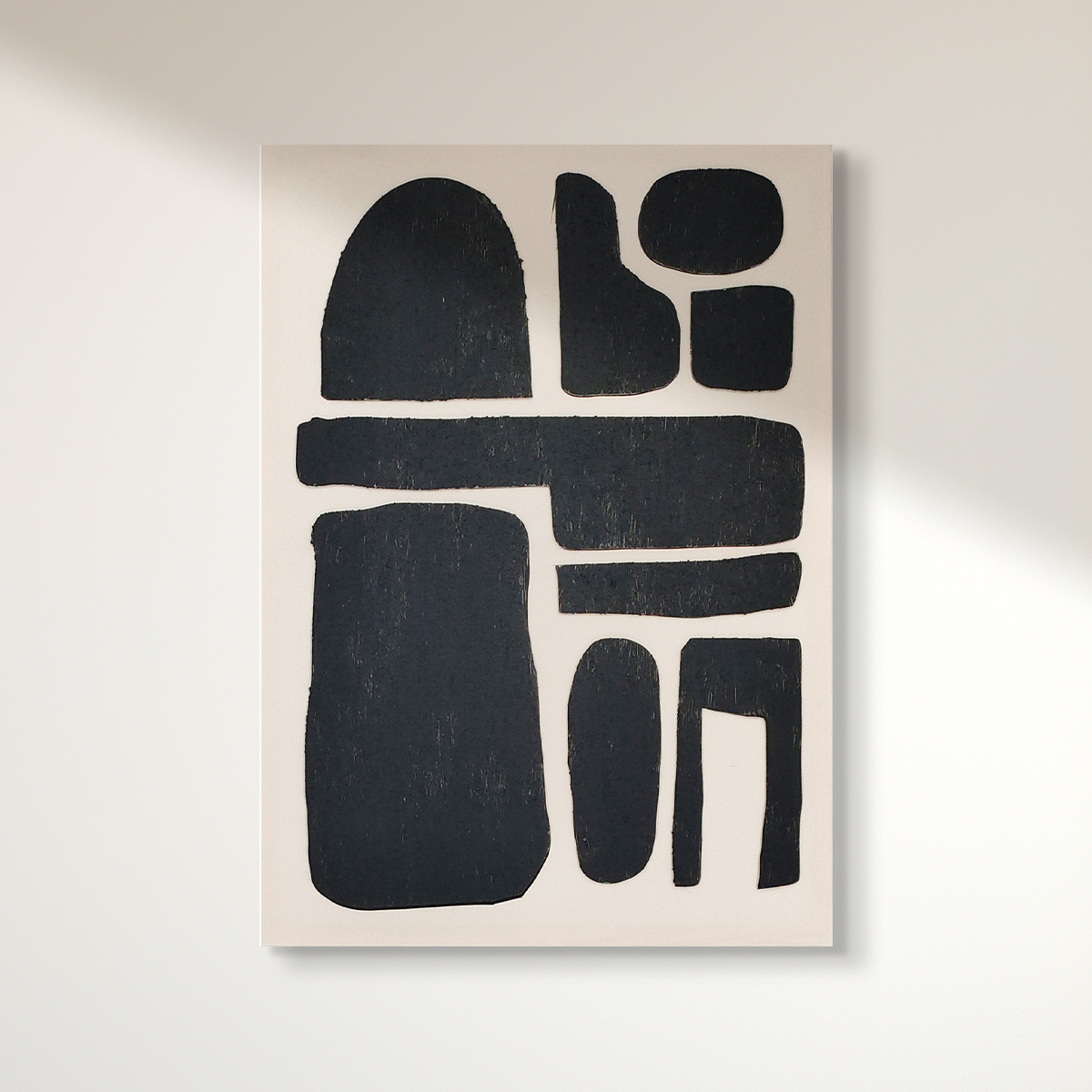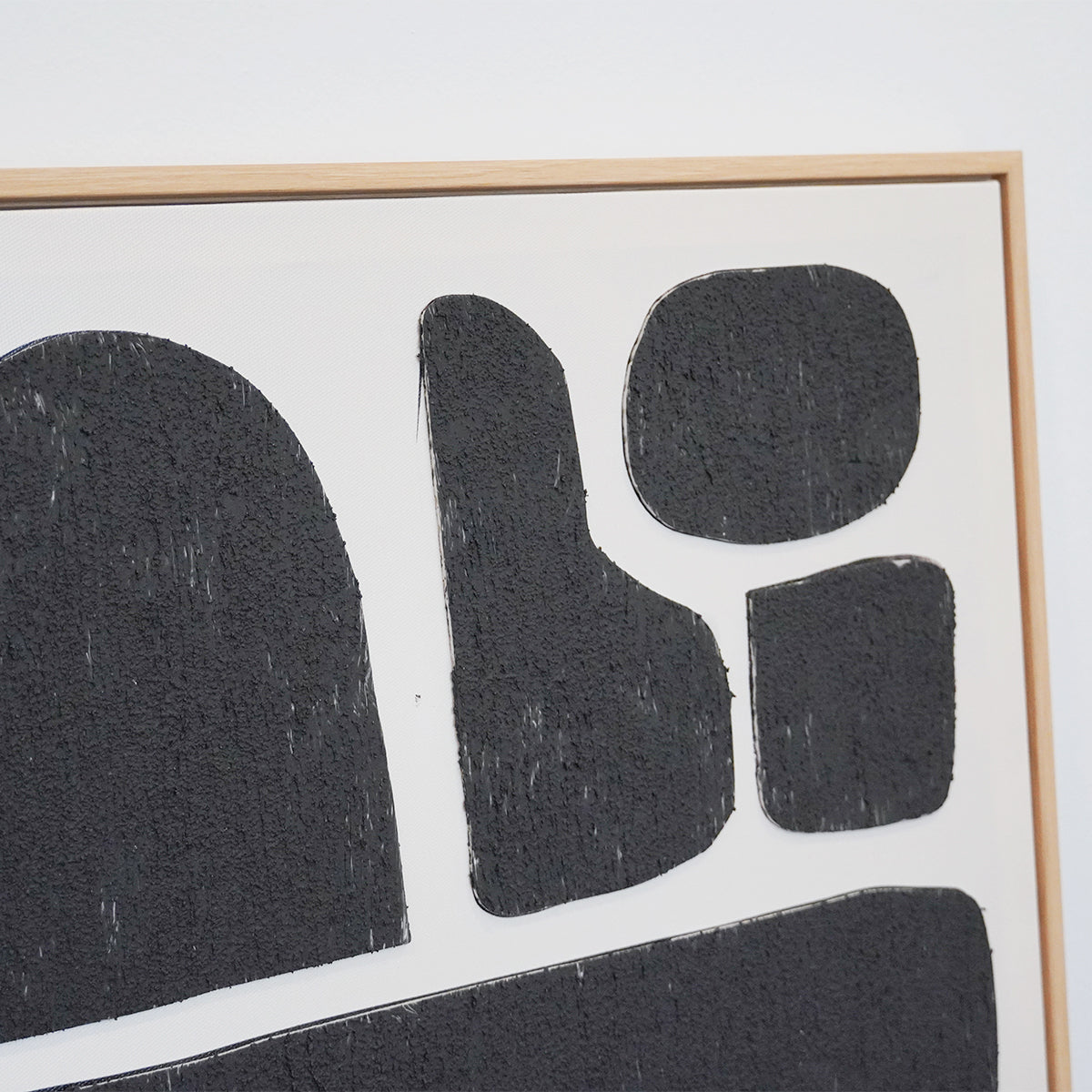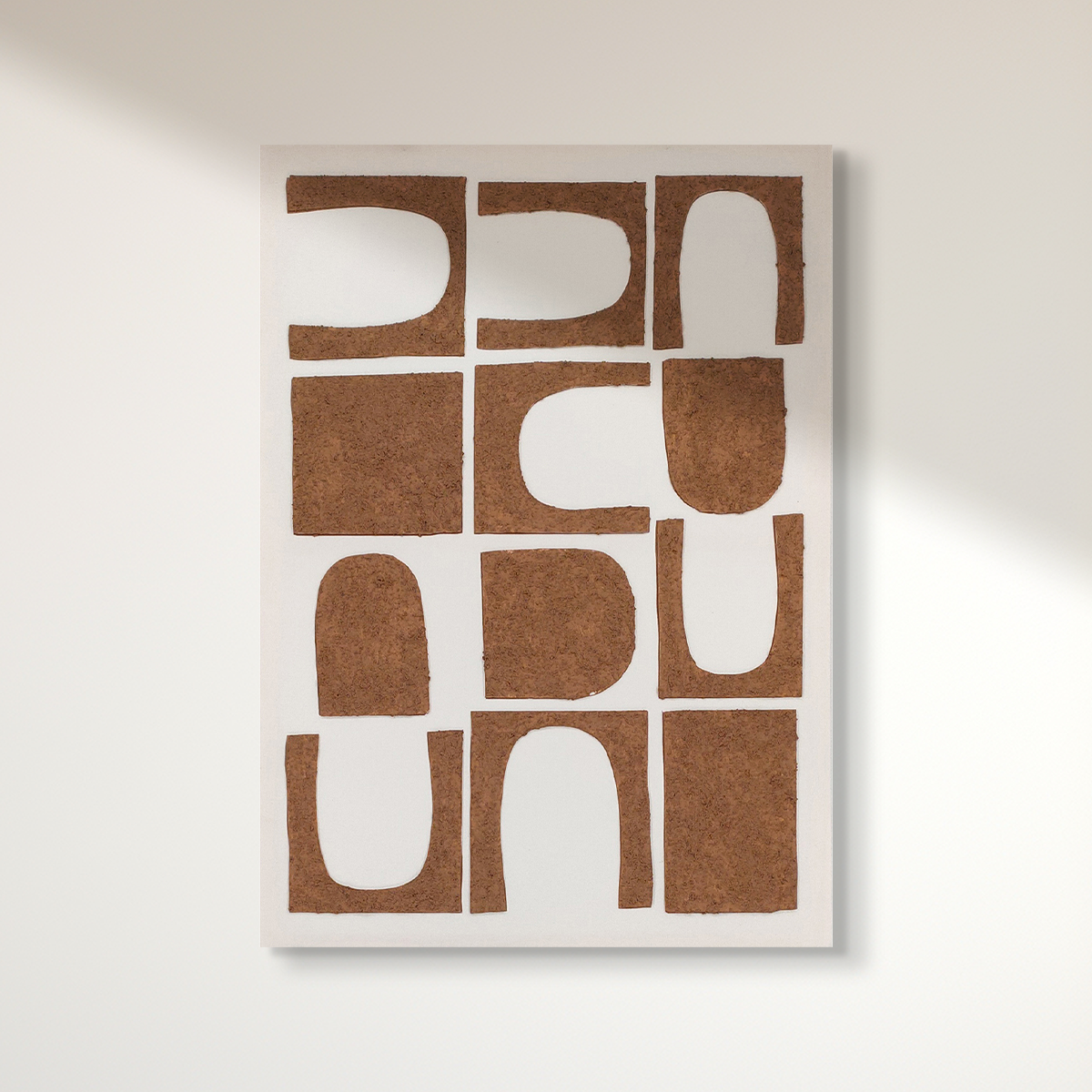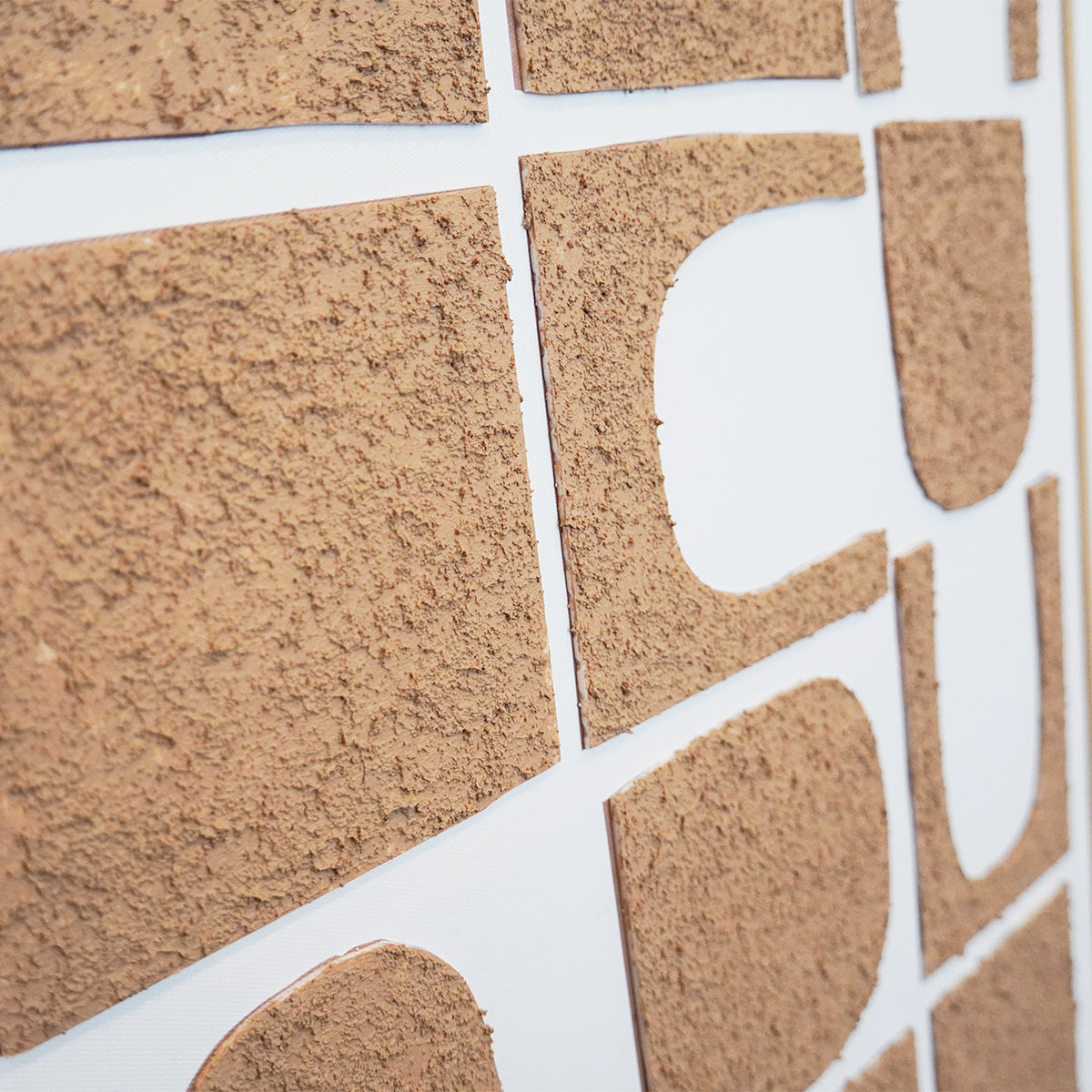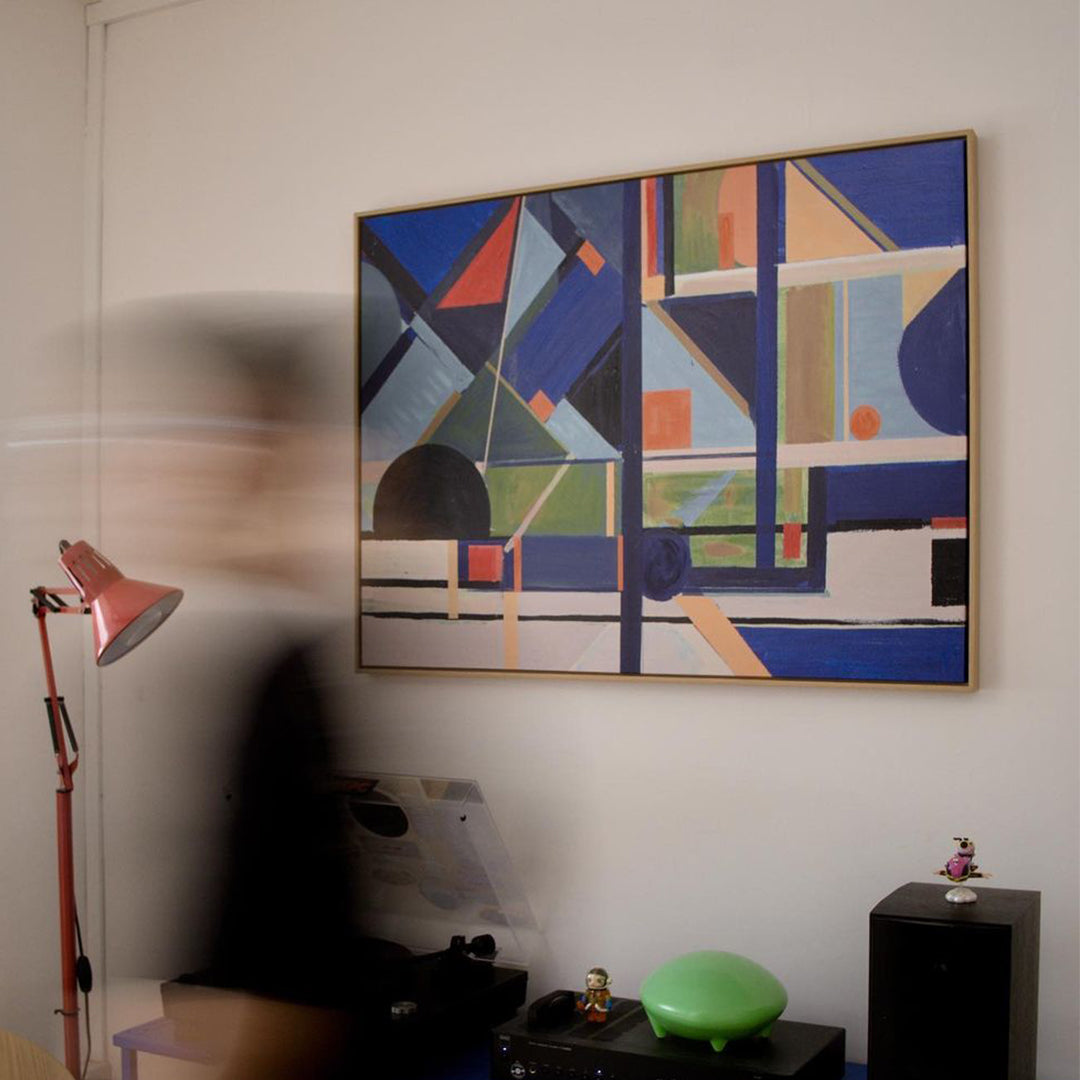Time for a change, and a little pop of color. 💕 it’s everything I wanted & more.
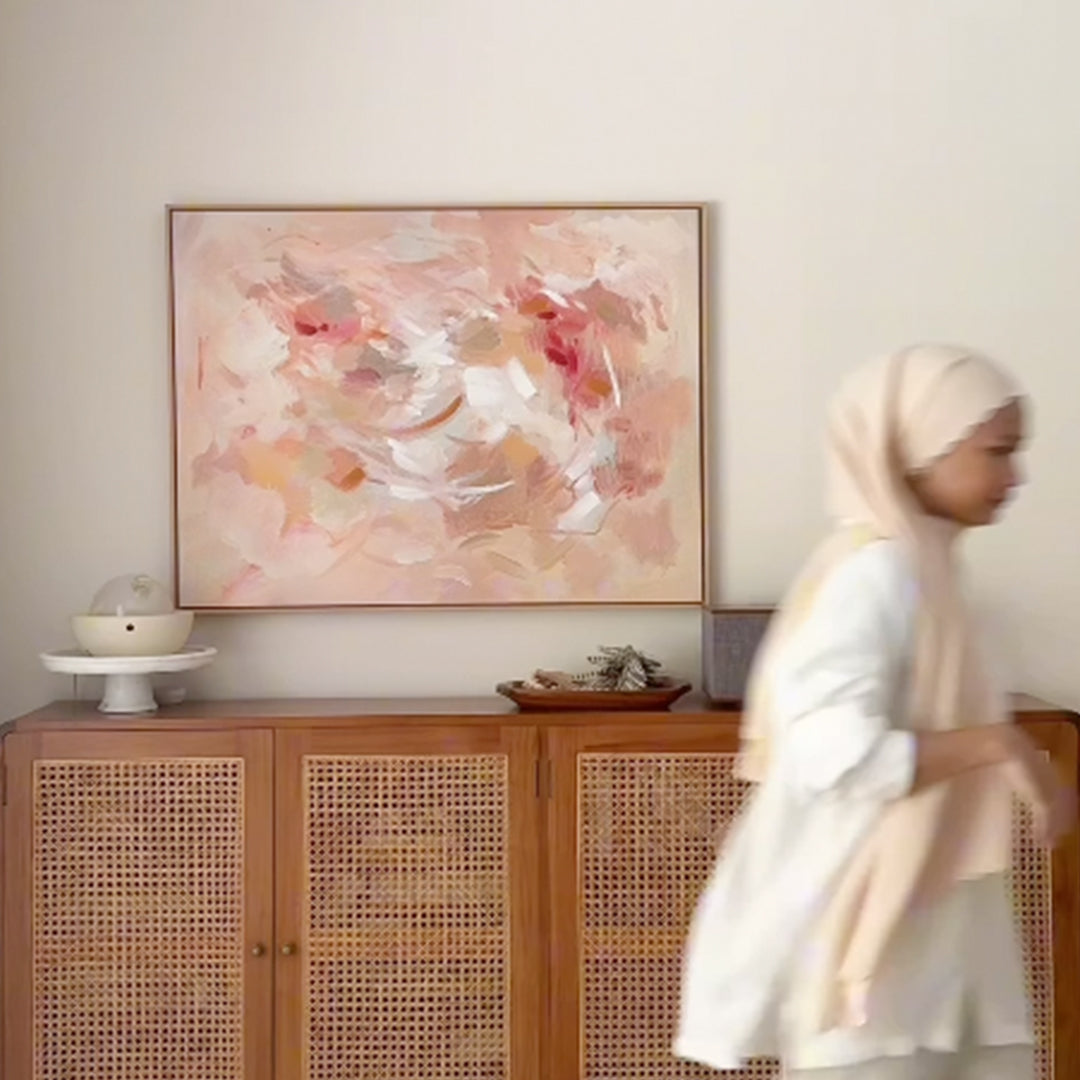
Love what art can do to a space just by existing in it, and love the dancing shadows & light in this piece.
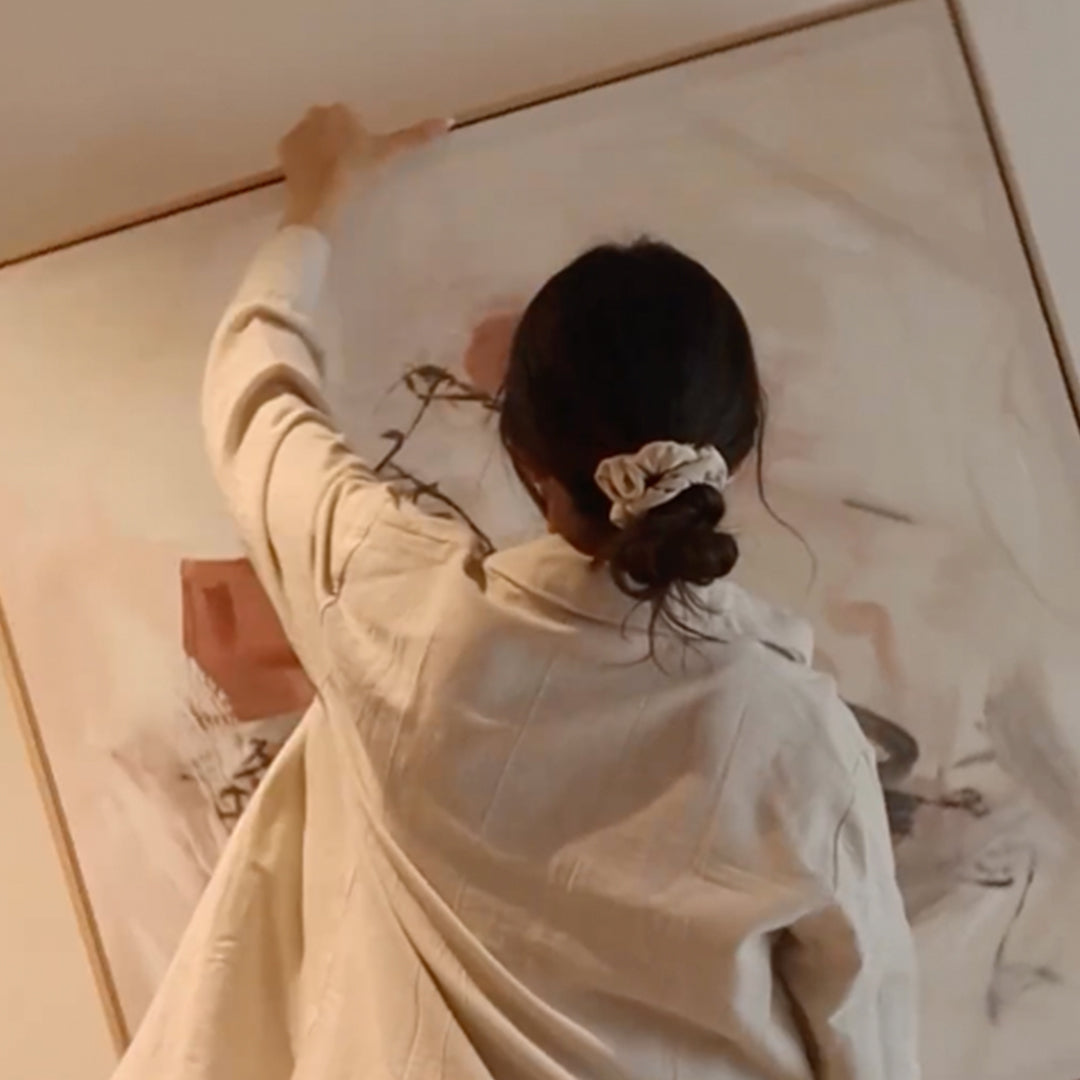
Every little detail and colour of this art piece sat perfectly at our listening corner.
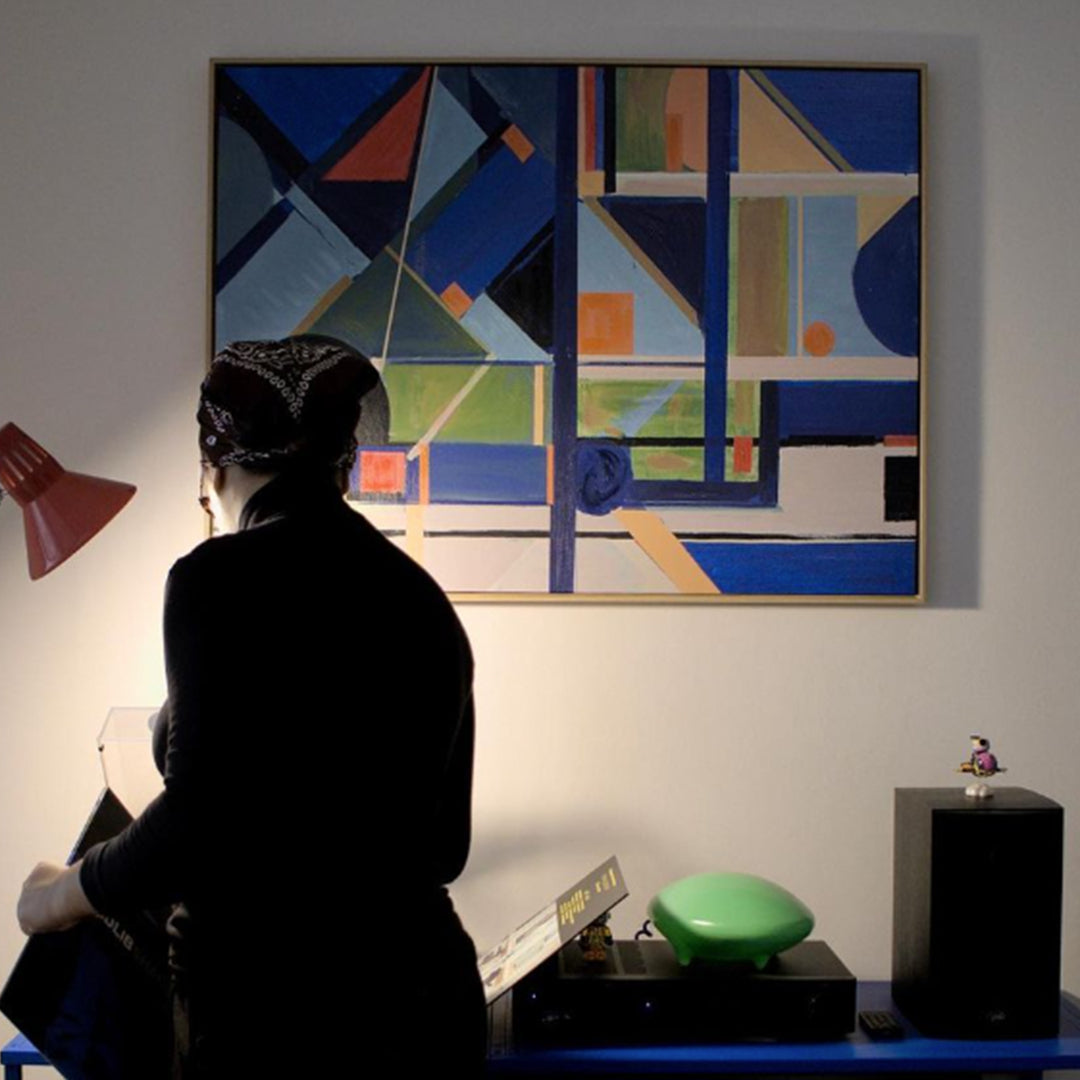
Added a new piece of art to my home😍 Fell in love with this piece because of its texture..
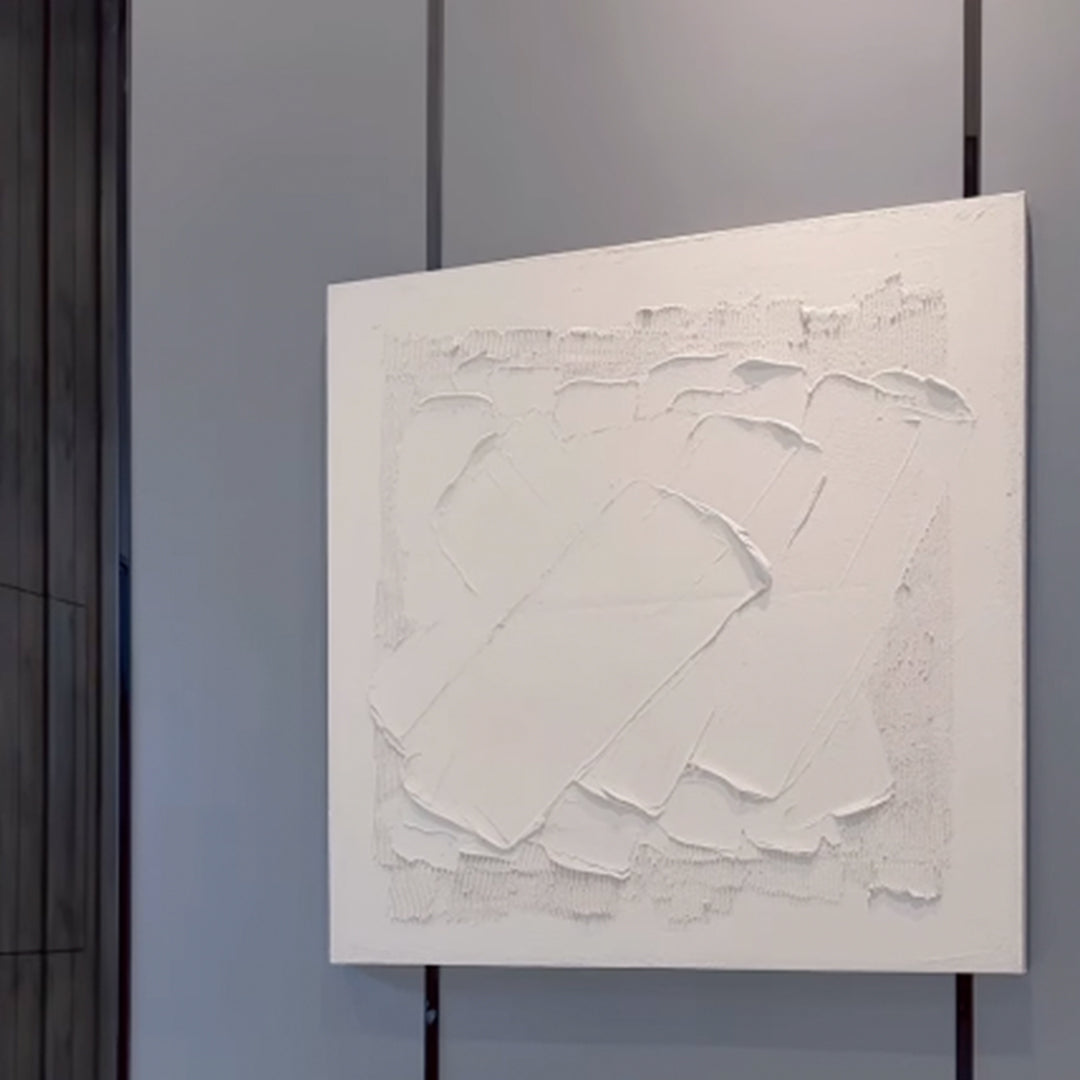
Filters
20 products
In stock
In stock
In stock
How do I pick wall art that's the right size for my space?
Selecting wall art that’s the right size for your space involves considering the dimensions of both the wall and the surrounding elements. Begin by measuring the wall space where you plan to hang the artwork. Take into account any furniture or architectural features near the wall where the artwork will be displayed. As a general guideline, when hanging an artwork above your furniture, aim for it to occupy approximately 75% of the furniture's width. In addition to considering the overall wall dimensions, factor in the orientation that best suits your space. Tall, narrow walls are ideal for portrait or vertical-format artwork, while horizontal wall spaces complement landscape-oriented pieces. However, these are initial considerations, and personal preference and style should also play a significant role in the decision-making process.
What’s the best way to hang art and paintings on my wall?
Use appropriate hanging hardware based on the weight and size of the artwork. For heavier pieces, use sturdy picture hooks, wall anchors, or screws. For lighter pieces, adhesive hooks or nails may suffice. Whenever possible, anchor your hanging hardware into wall studs for maximum stability. Use a stud finder to locate studs behind the wall, especially for heavier artwork or paintings.
How do I hang my wall art at the perfect height?
When setting up your wall art, it's crucial to find the right height for an appealing display. A commonly used guideline is to hang artwork at “eye level” however that may not be universally applicable. A more reliable guideline would be the widely endorsed "57 inches rule” which typically means positioning the centre of the artwork at around 57 inches (or 145 centimetres) from the floor. This approach ensures a well-balanced and visually pleasing arrangement on your walls.
Alternatively, you can personalise the height based on your preferences and the characteristics of your space. The goal is to create a visually cohesive and accessible display that aligns with your aesthetic preferences. Don't hesitate to experiment with different heights until you find the one that feels just right for you and enhances the overall aesthetics of your wall decor.
Should I group multiple pieces of art together or hang them individually?
Both options can work depending on your preference and the style of your space. Grouping multiple pieces of art together can create a striking focal point in the room and add visual interest as you experiment with different compositions, sizes, and styles. Grouping artwork is also particularly effective for filling large wall spaces or creating visual impact in expansive rooms.
Hanging artwork individually allows each piece to stand out on its own and be appreciated as a focal point. This can be ideal for highlighting specific architectural features or focal points in a room. It also offers flexibility in terms of placement and rearrangement as you can easily swap out or reposition individual pieces to refresh the look of the space or accommodate changes in decor over time.
Consider experimenting with a combination of both approaches to create a dynamic and visually engaging environment.
How do you arrange multiple pieces of art on a wall?
Start by gathering all the artwork you intend to hang together. This can include paintings, prints, photographs and other wall decor. Consider grouping them by theme, style, colour scheme, or size to create a cohesive arrangement. Begin your layout by selecting a centerpiece or focal point to anchor the arrangement. This could be a larger piece of art or a central grouping of artwork that sets the tone for the rest of the display. Once you've established your centerpiece, gradually build the arrangement outward, adding smaller pieces of art around it. Experiment with different configurations, spacing, and alignments until you achieve a balanced and visually pleasing composition.
How do I protect my artwork from fading?
Avoid hanging artwork in direct sunlight, as prolonged exposure can cause colours to fade. Ensure stable environmental conditions in the areas where your artwork is displayed, avoiding extreme heat, cold, or humidity. Regularly dust your artwork using a soft, dry cloth or a brush specifically designed for cleaning artwork. Refrain from using harsh cleaning agents that may harm the surface. For more thorough cleaning, consider hiring a professional conservator to clean and maintain your artwork. For artwork that is not currently being displayed, consider storing it in a dark, climate-controlled environment to shield it from light exposure and other environmental variations.


